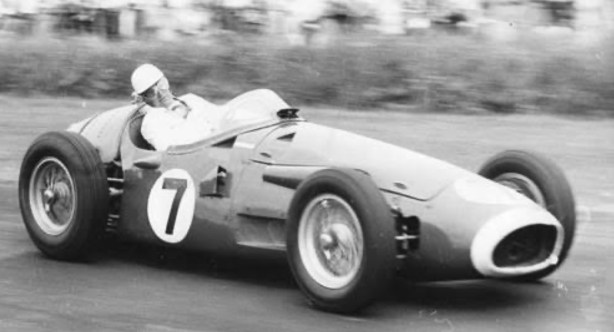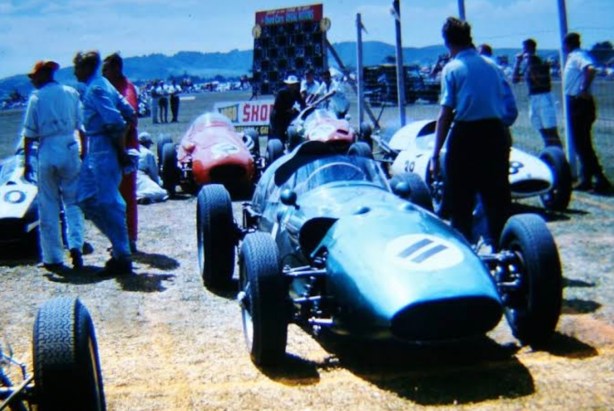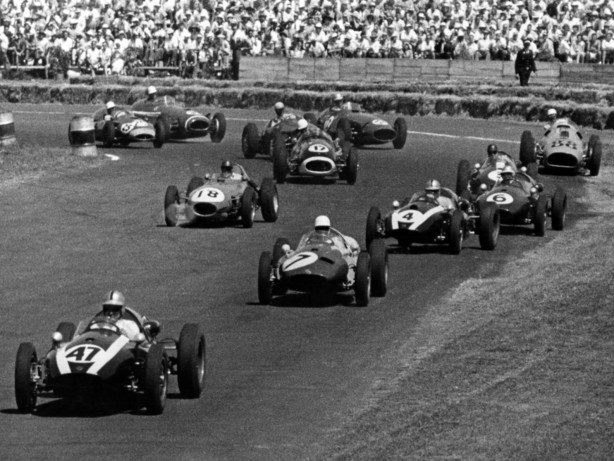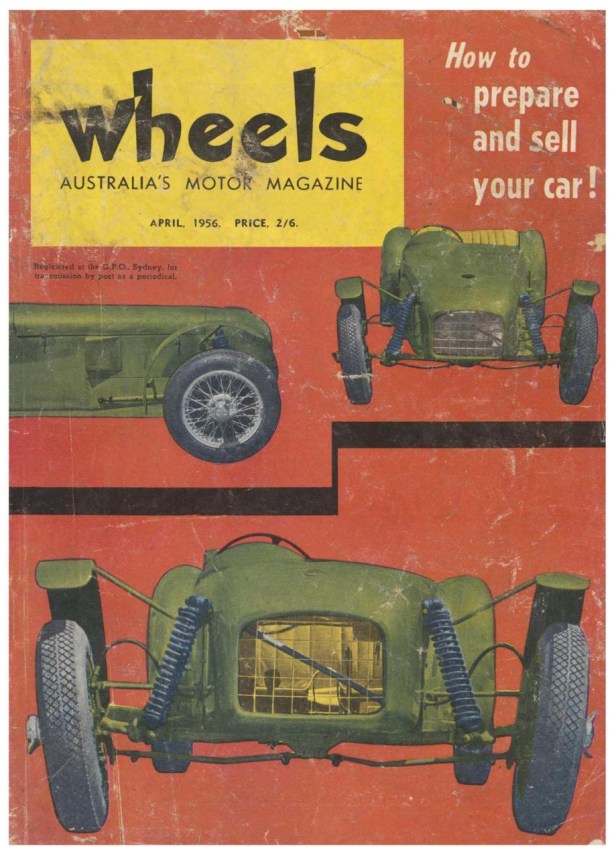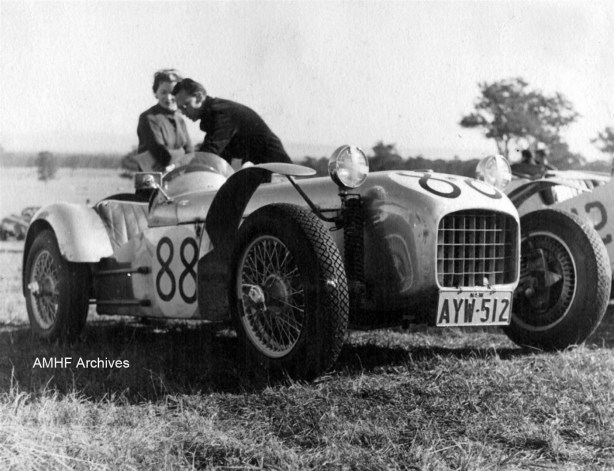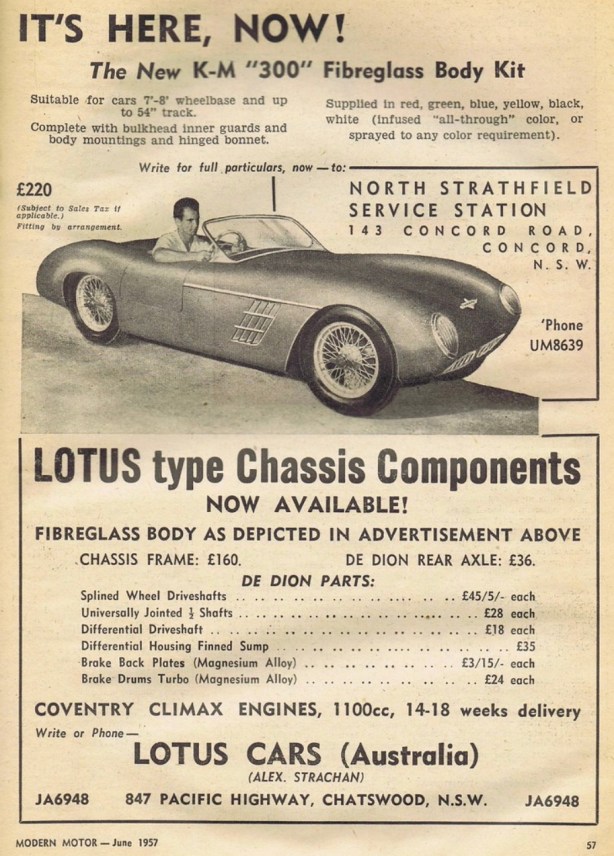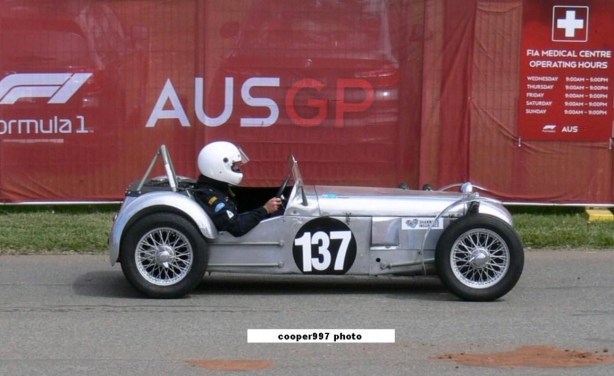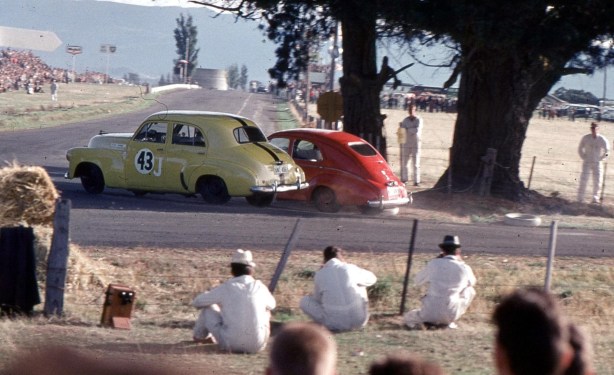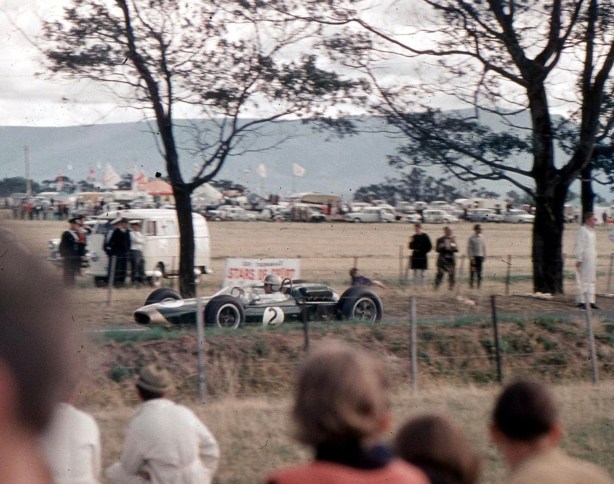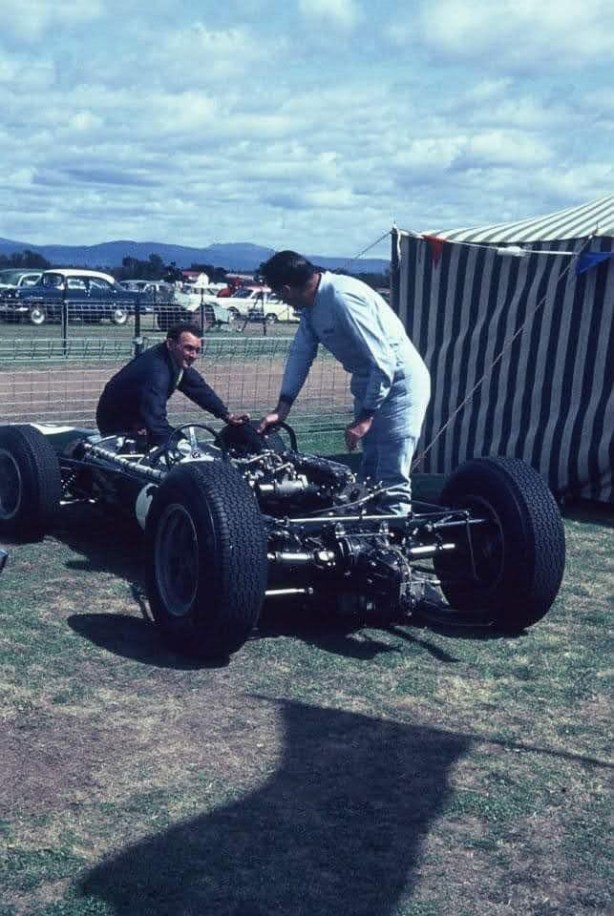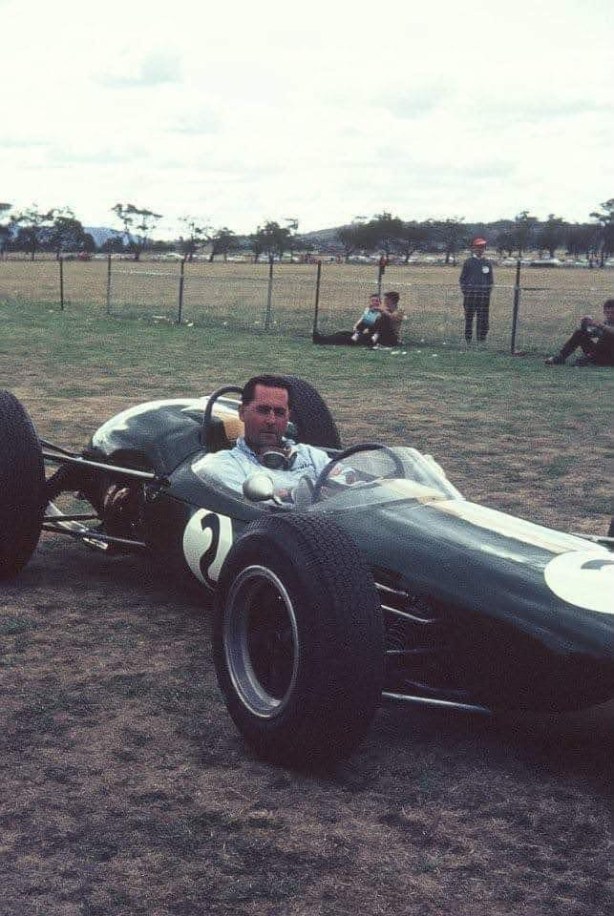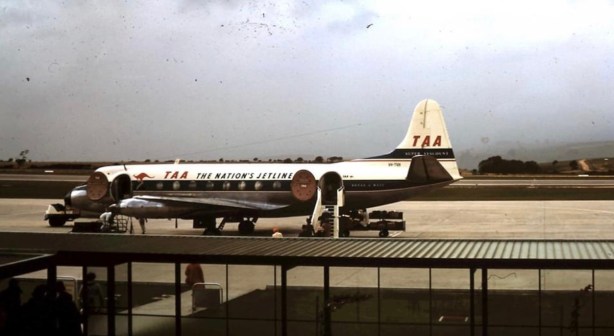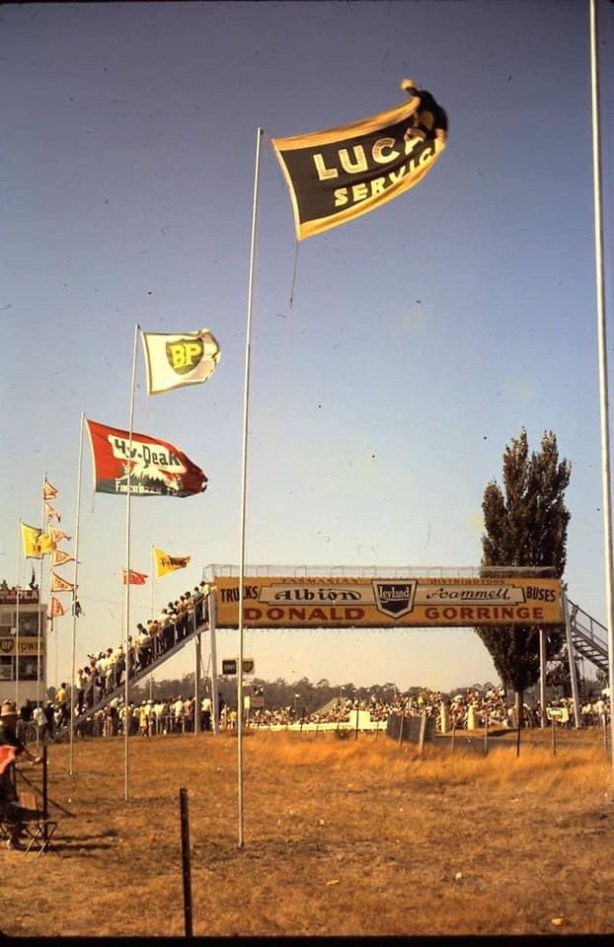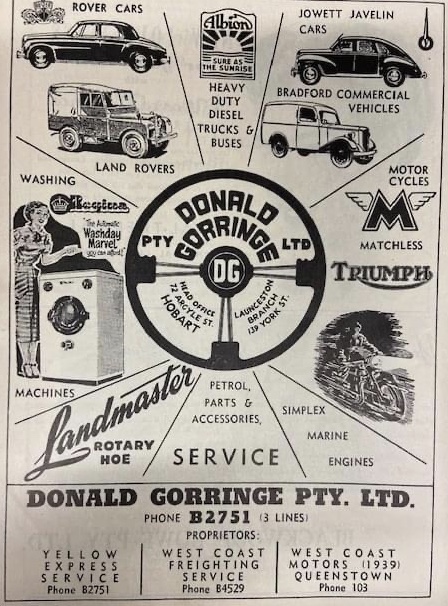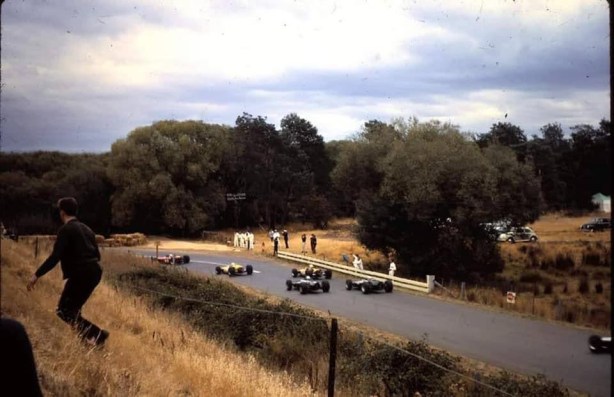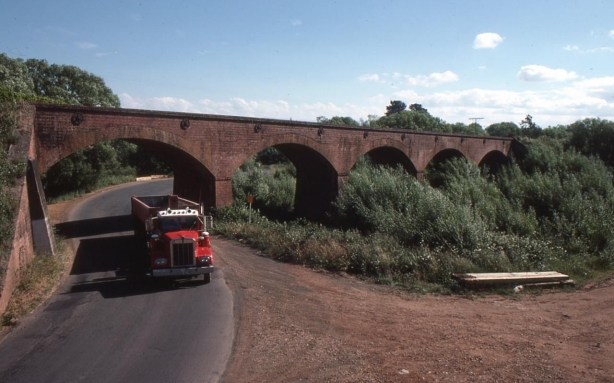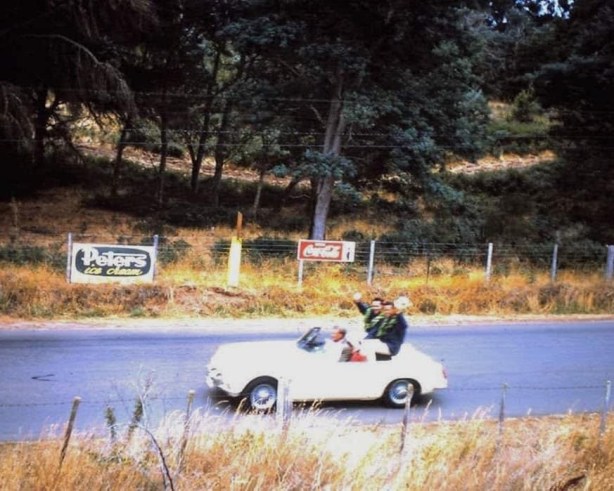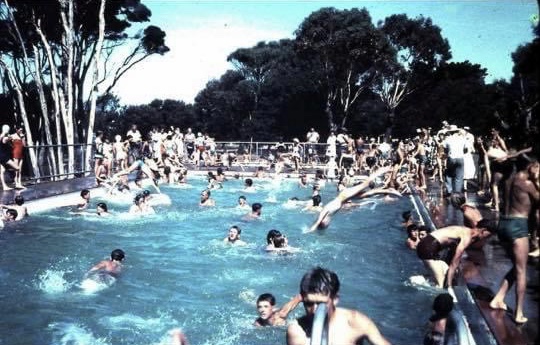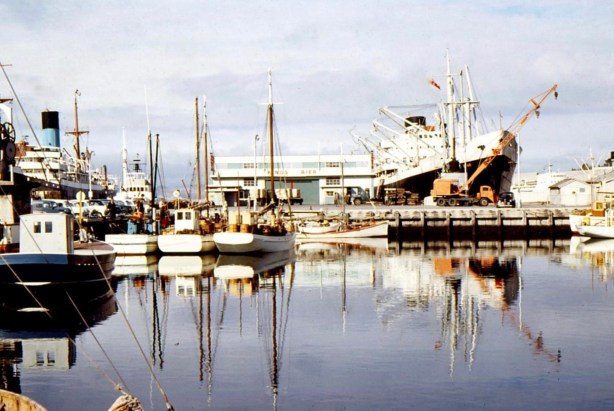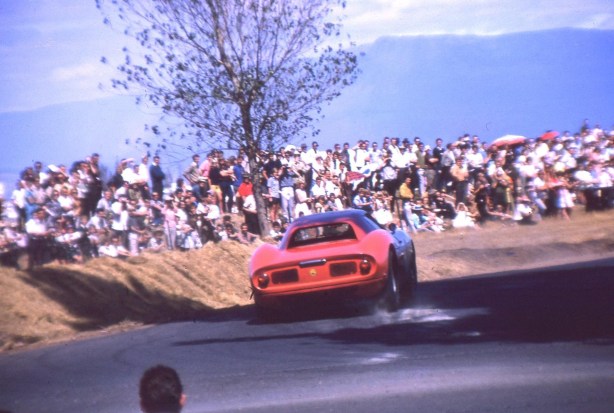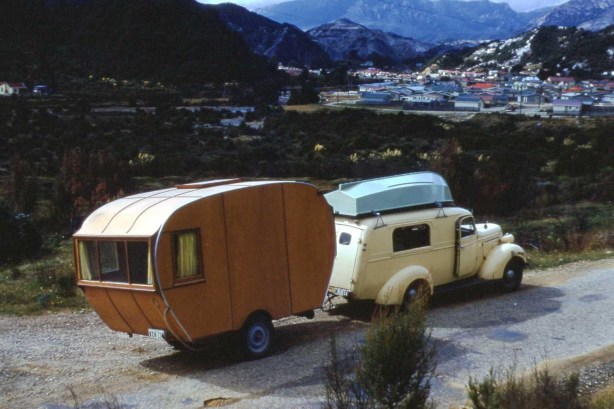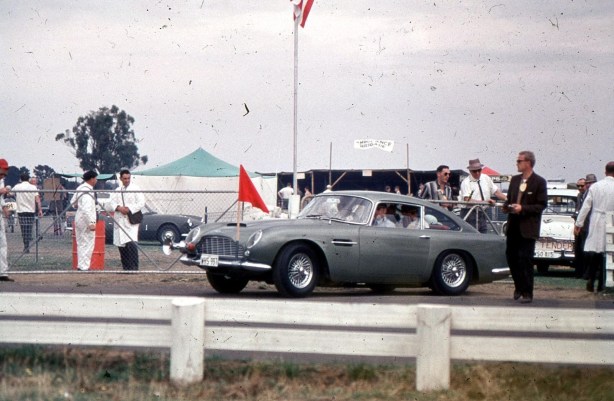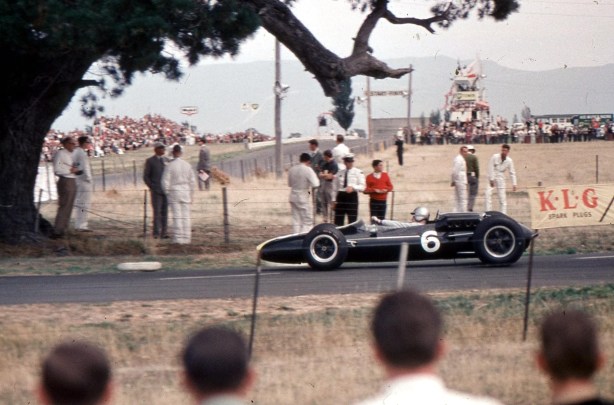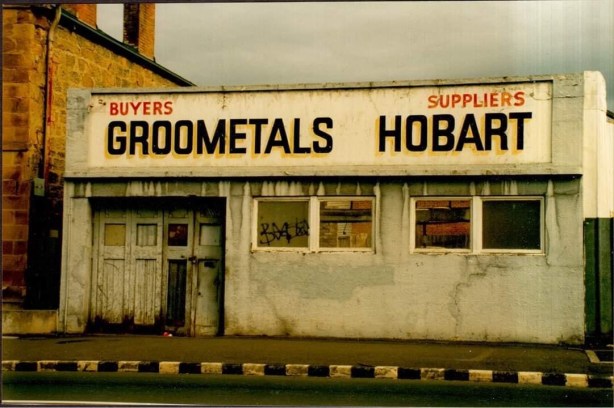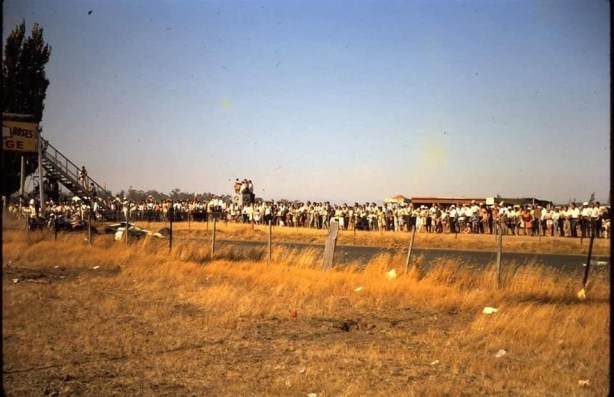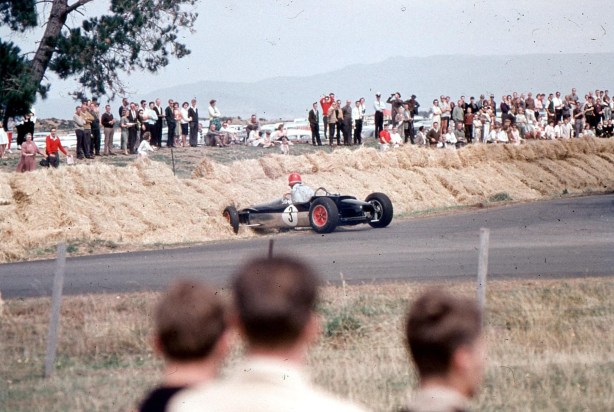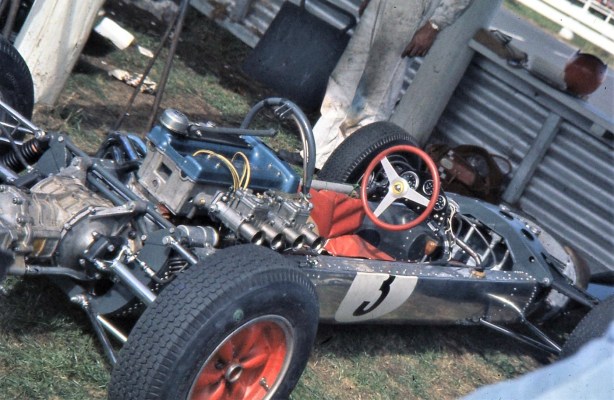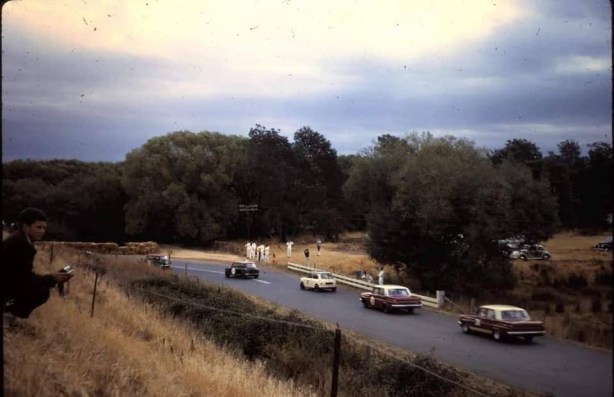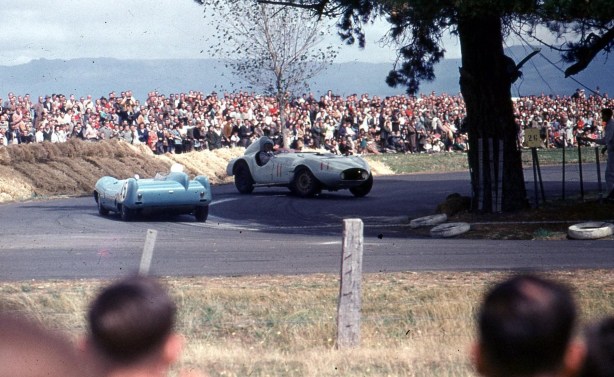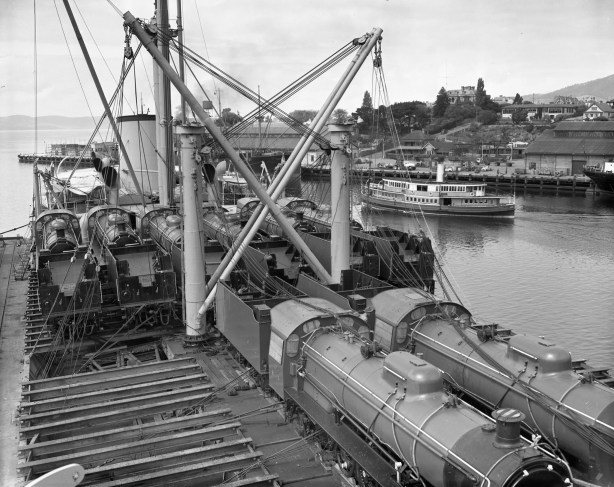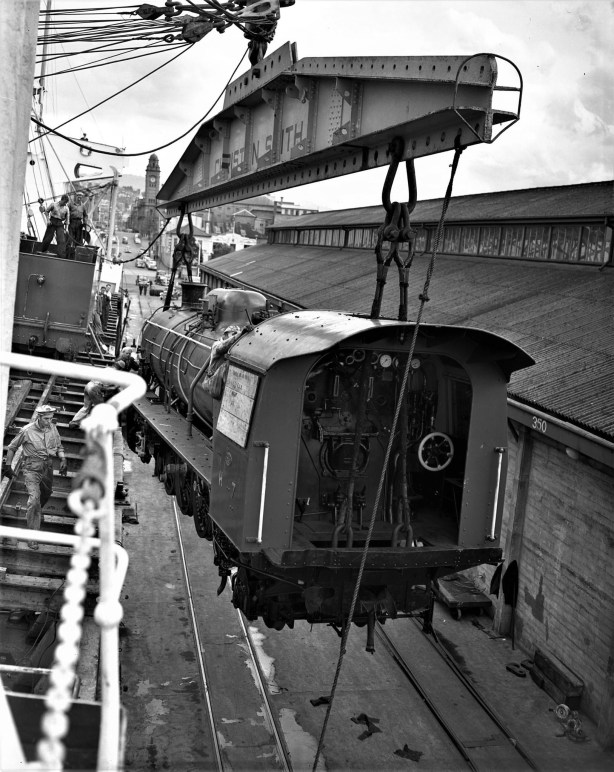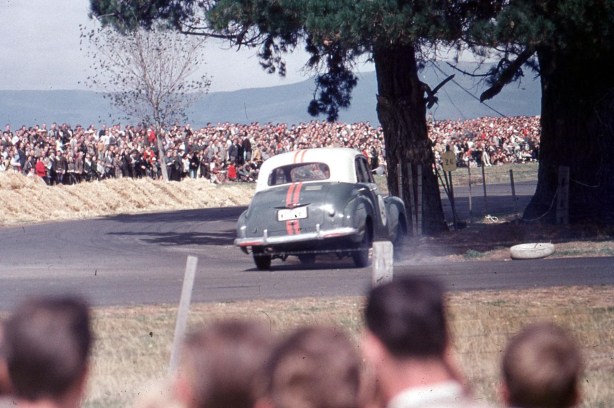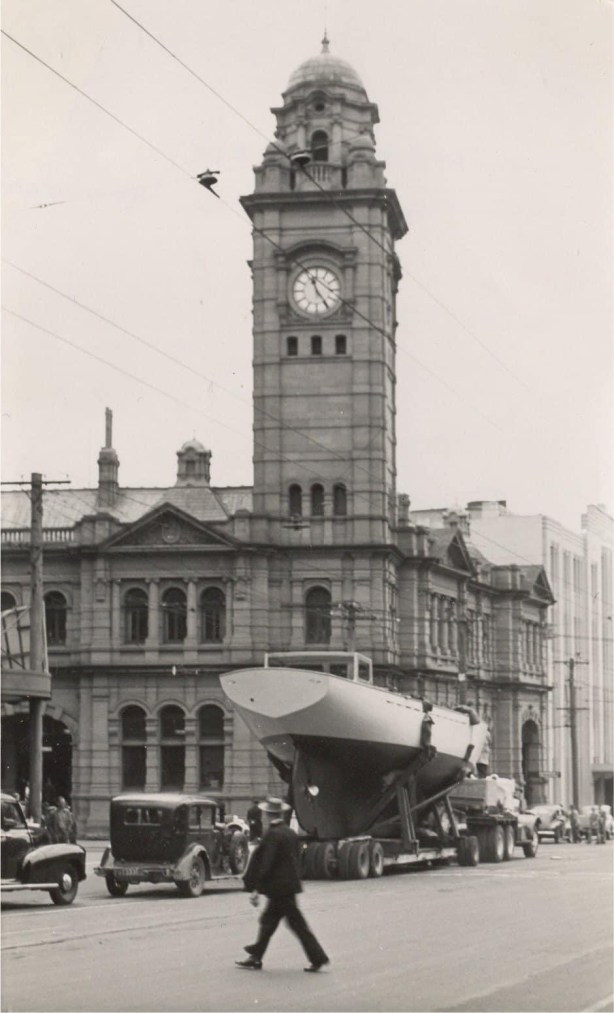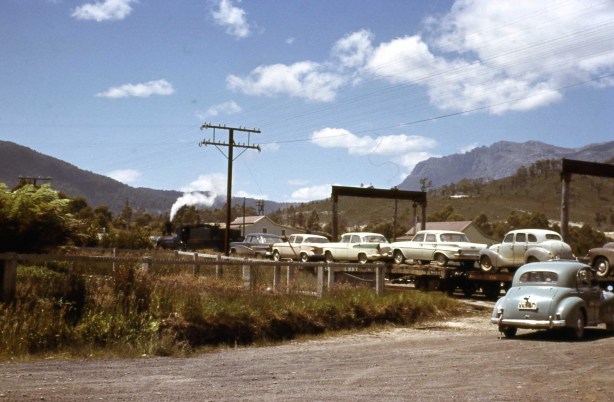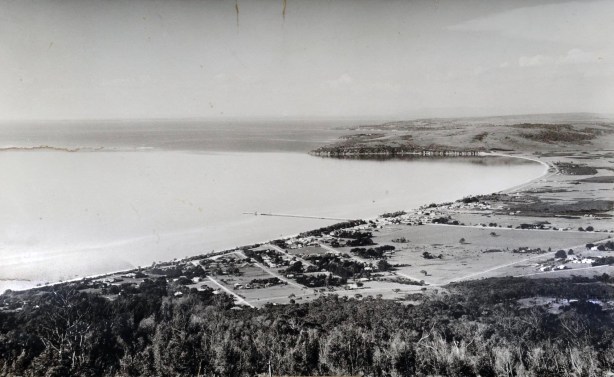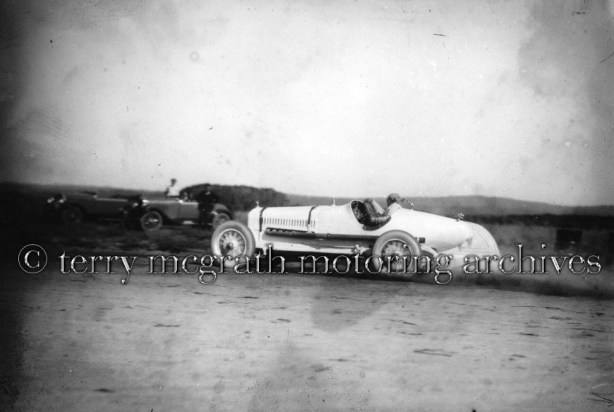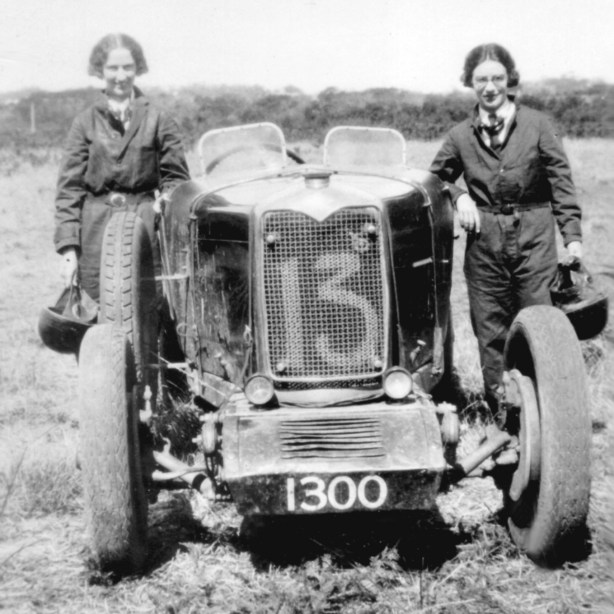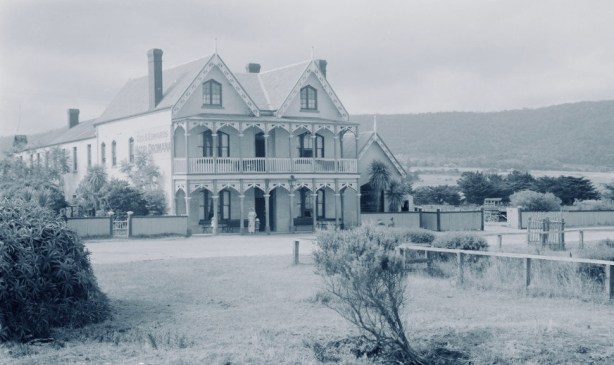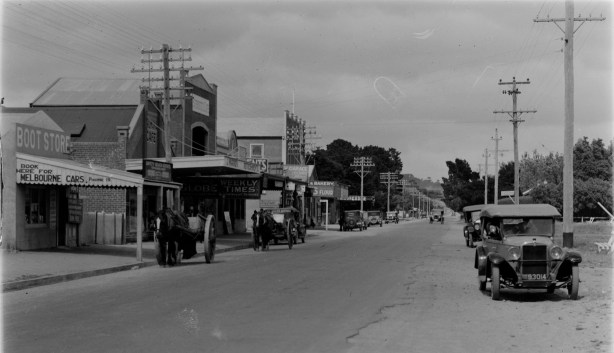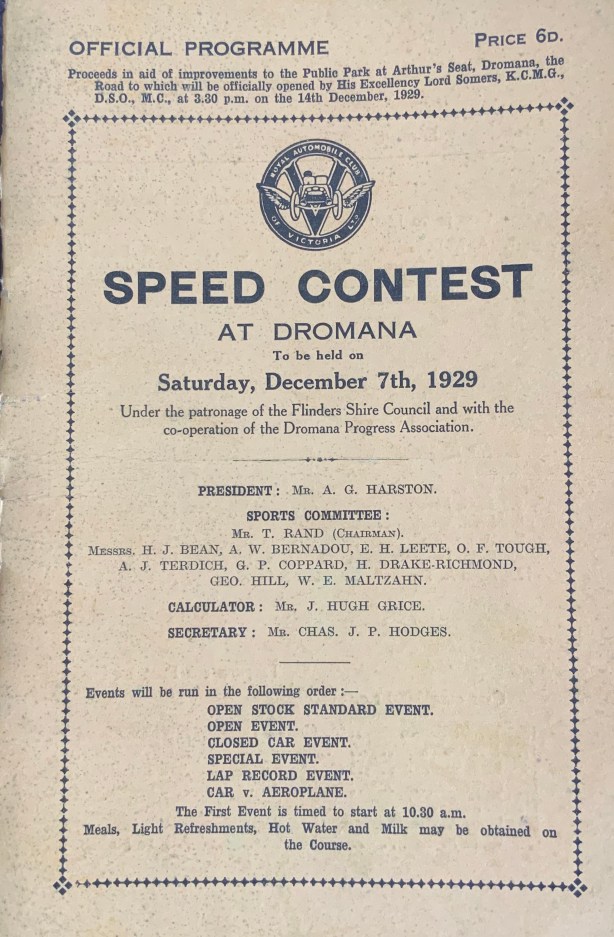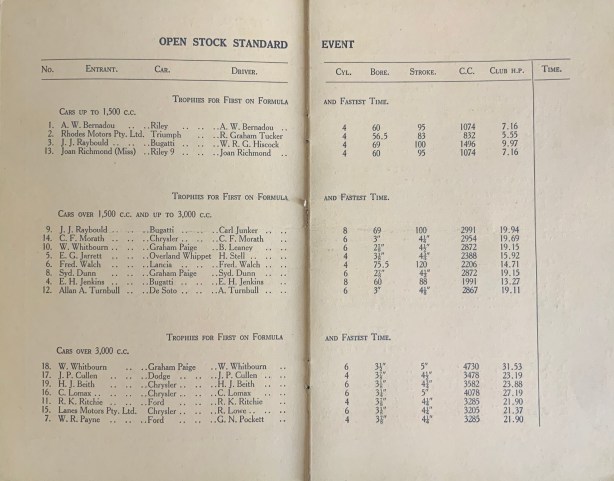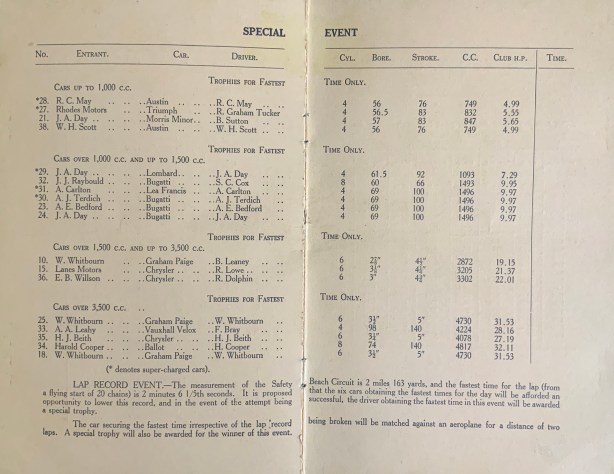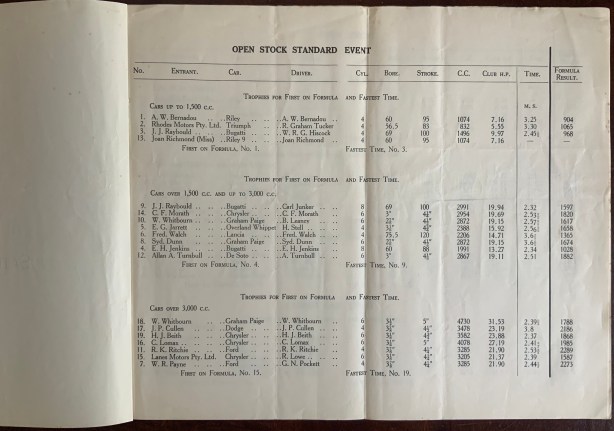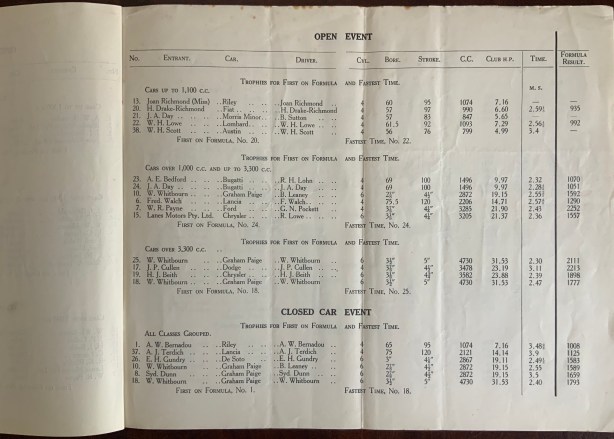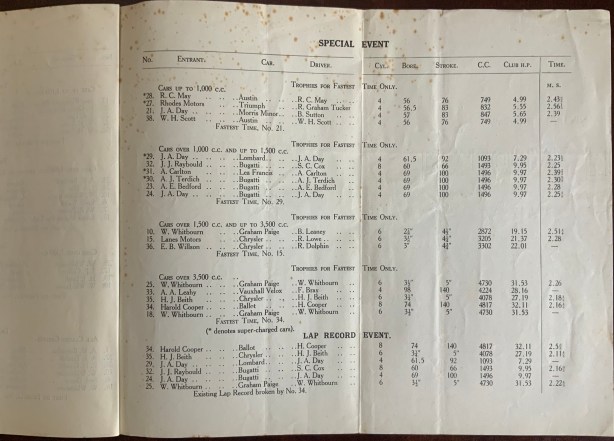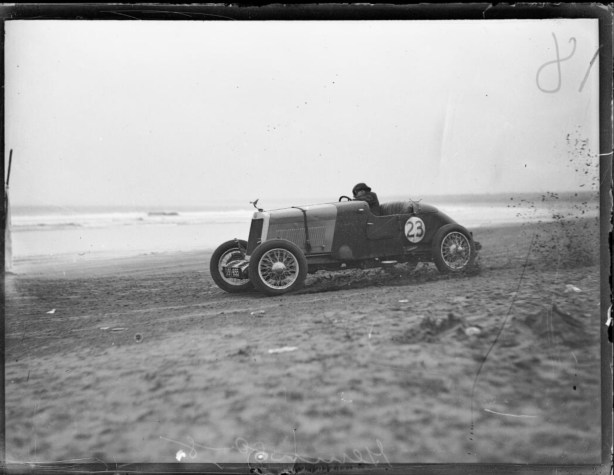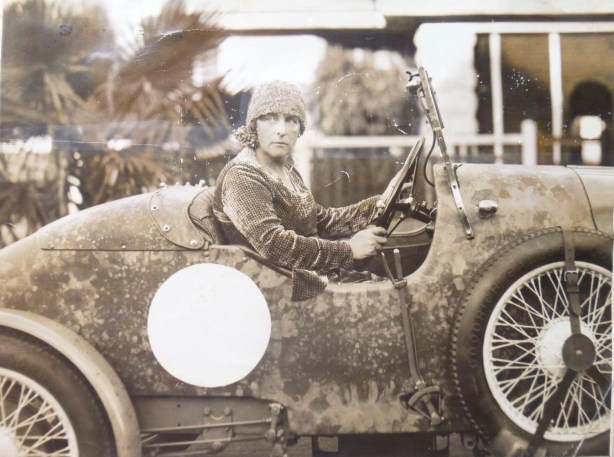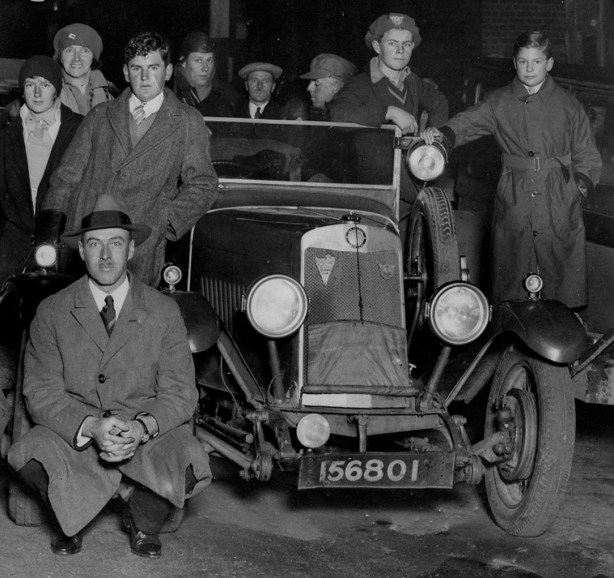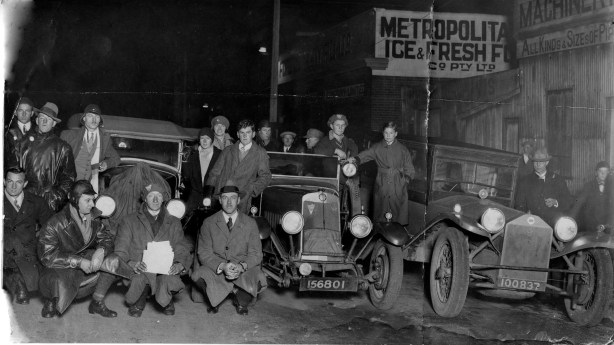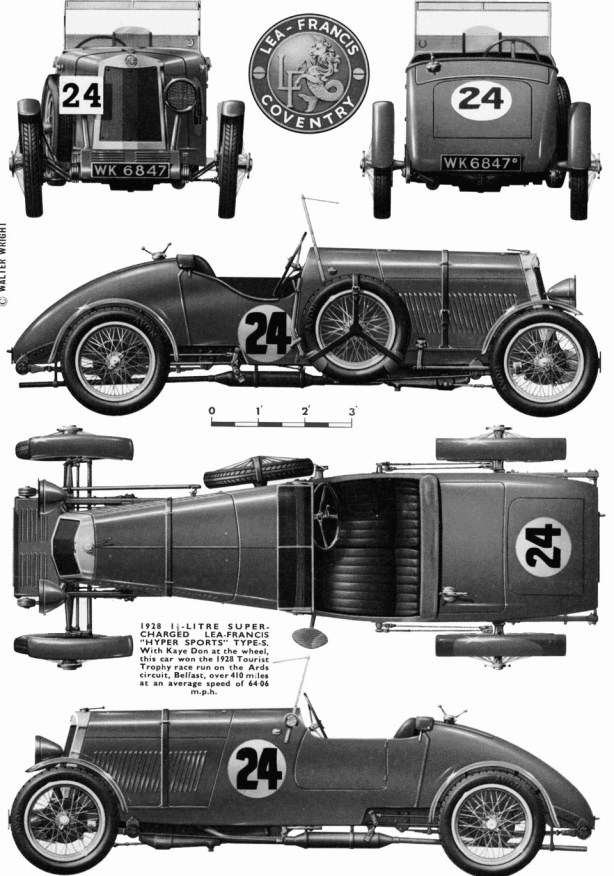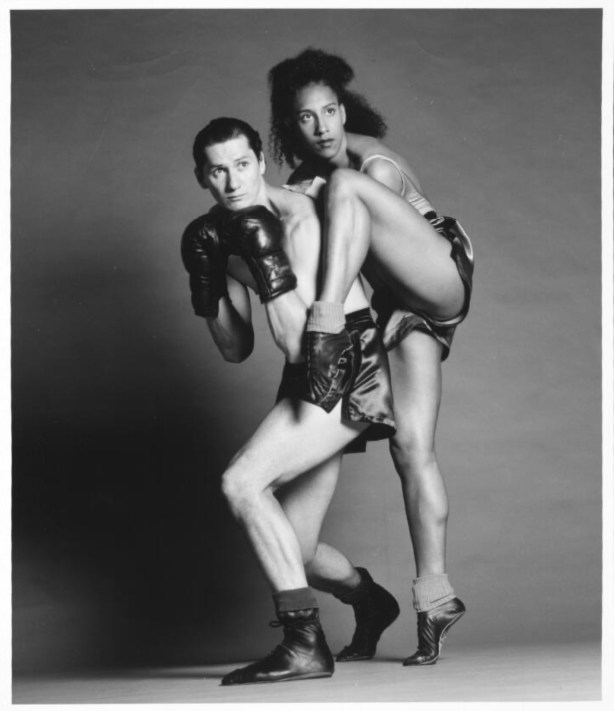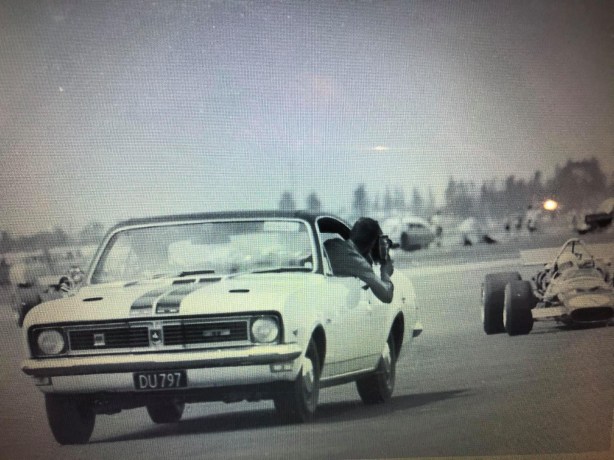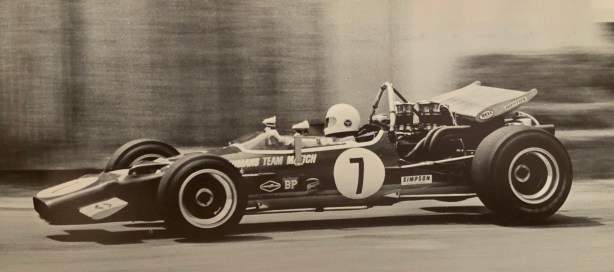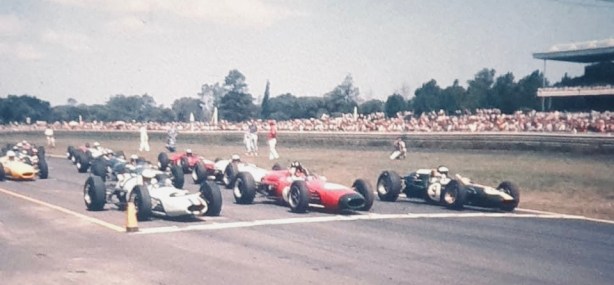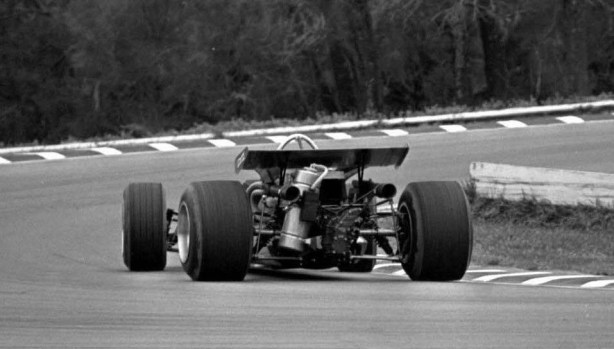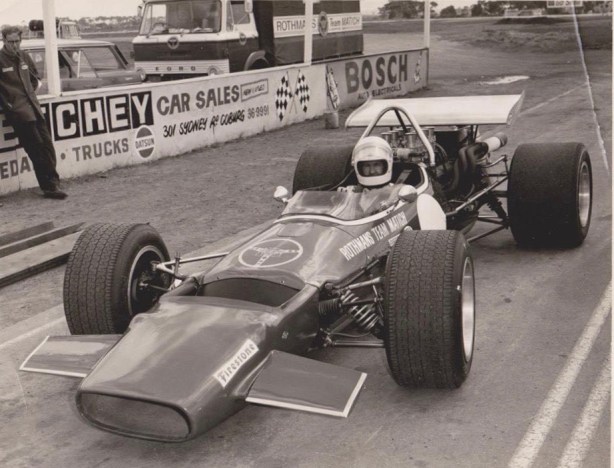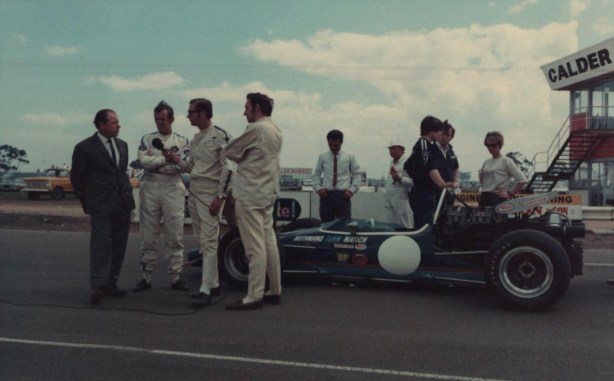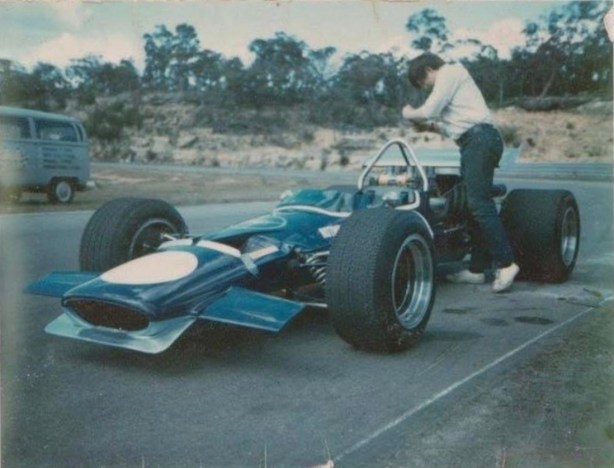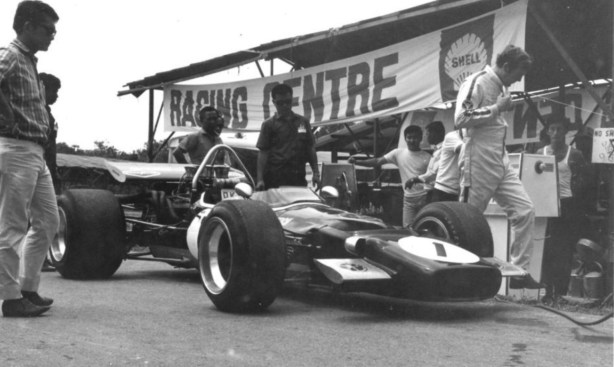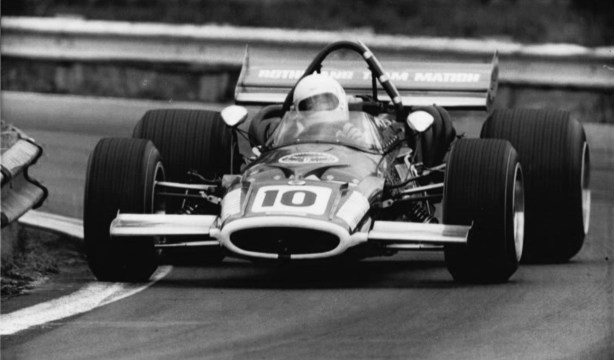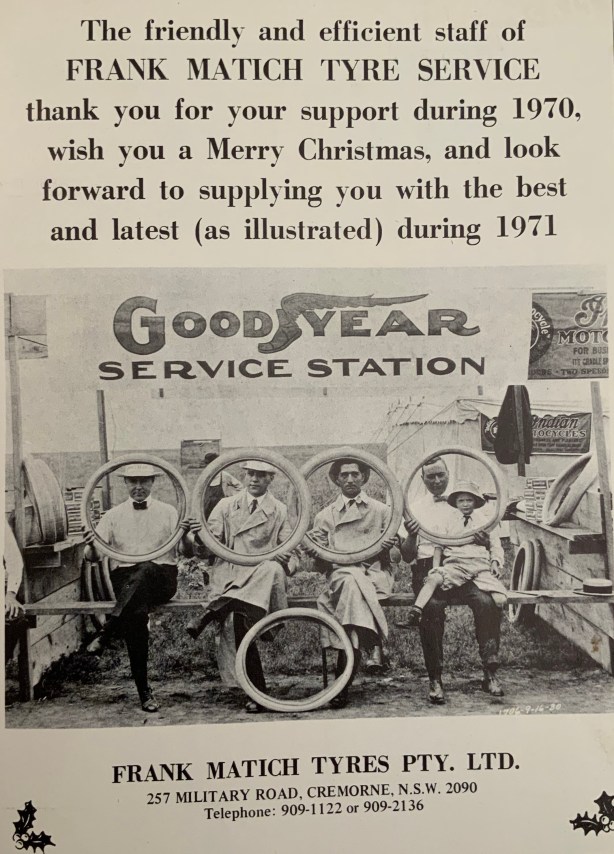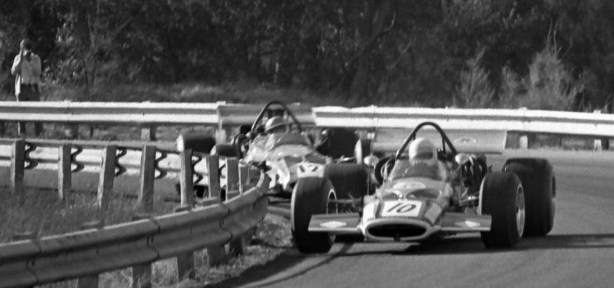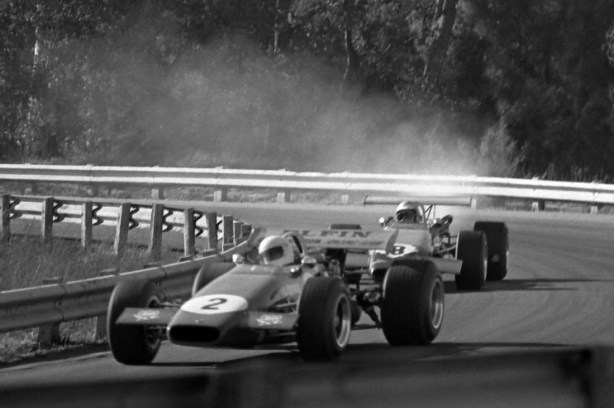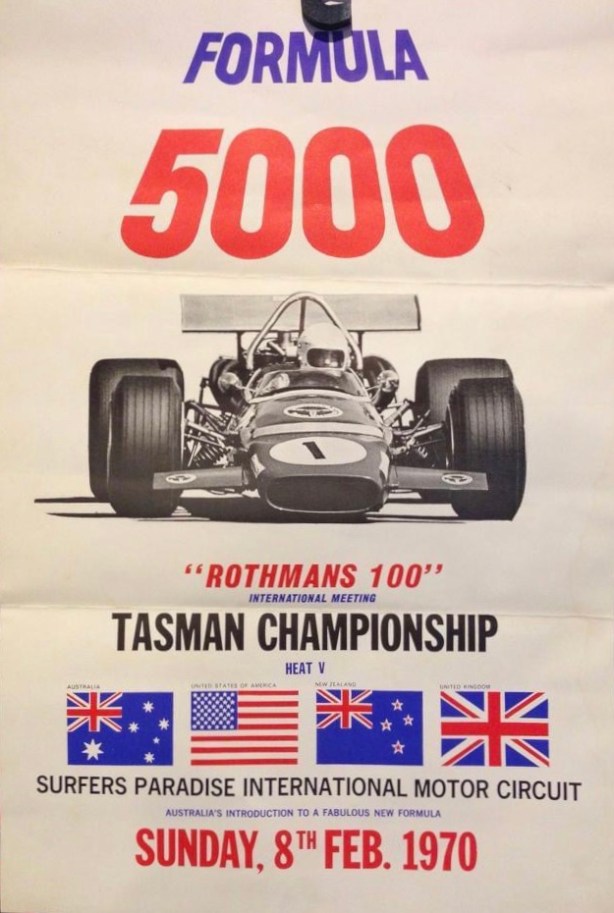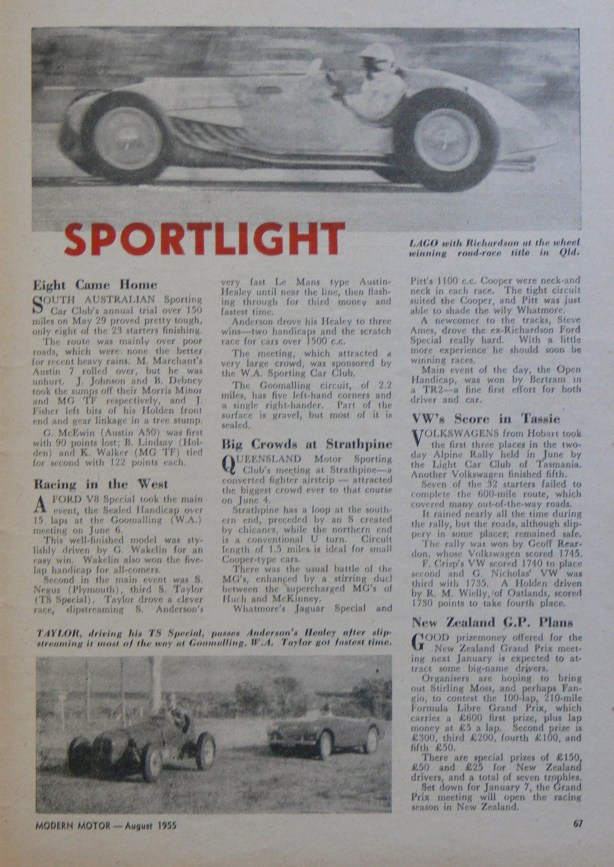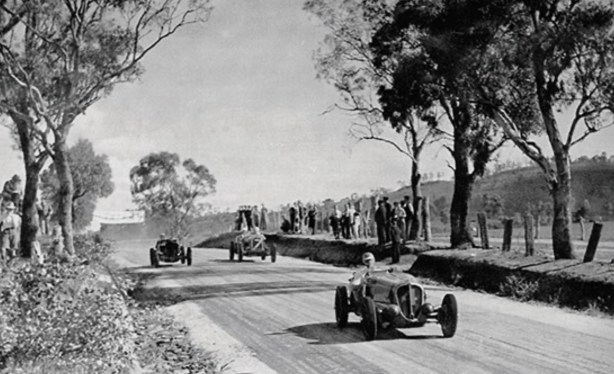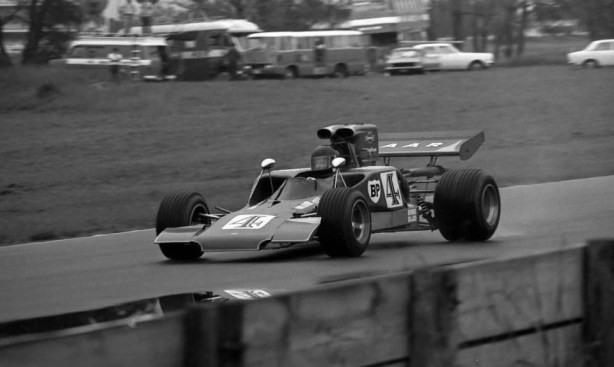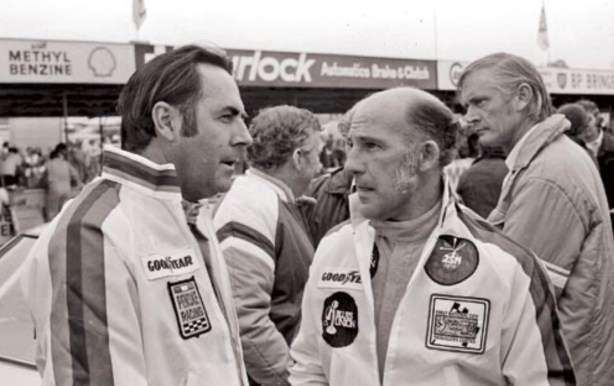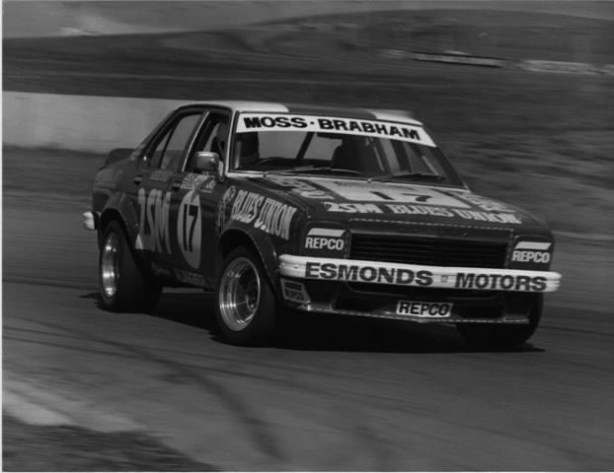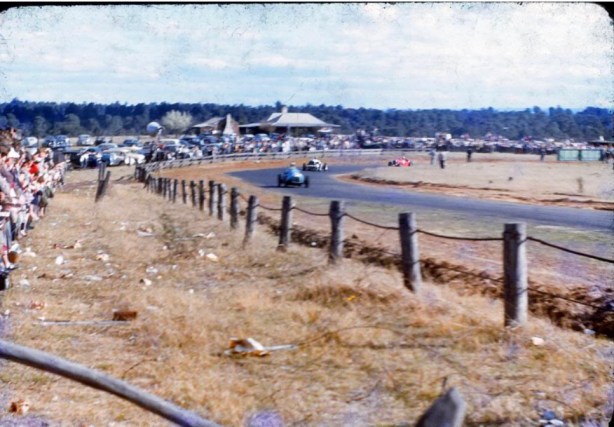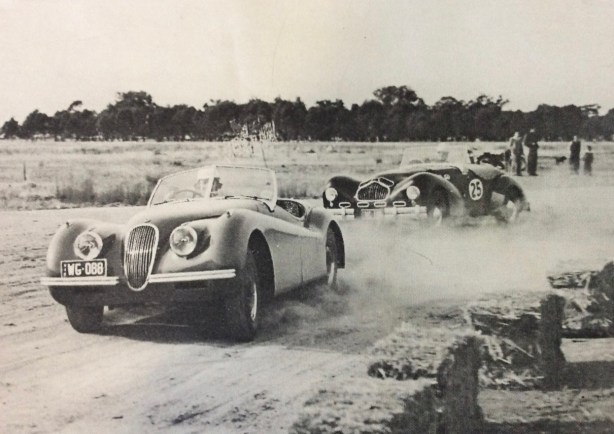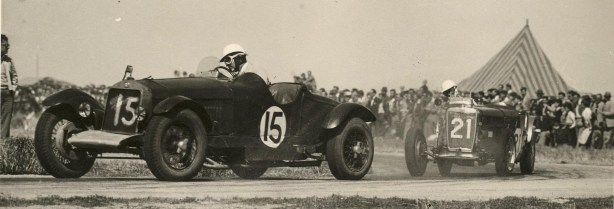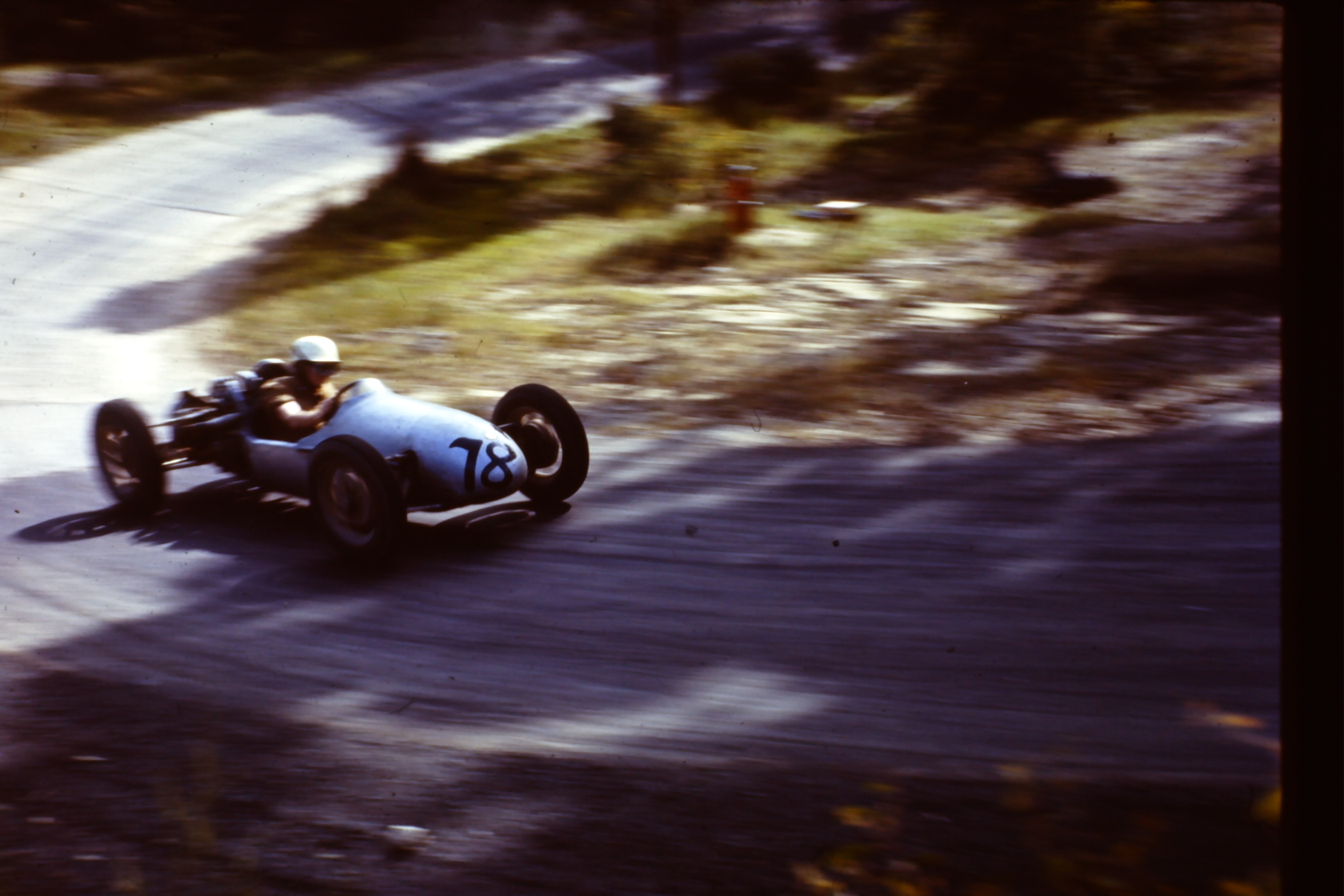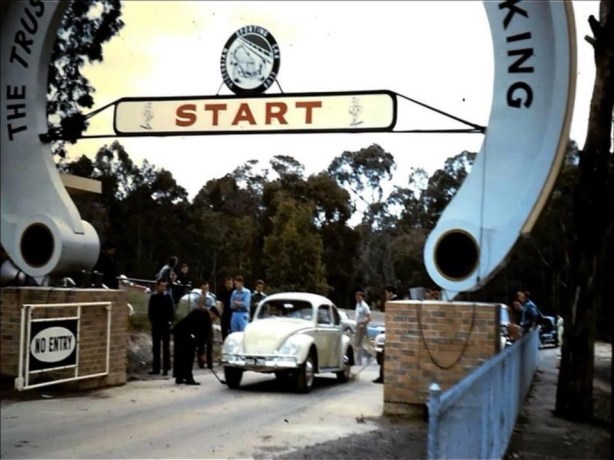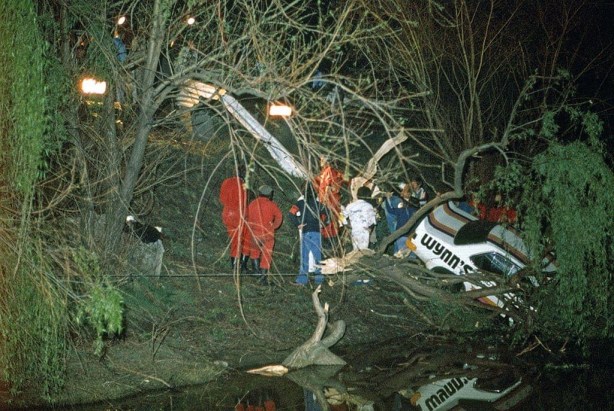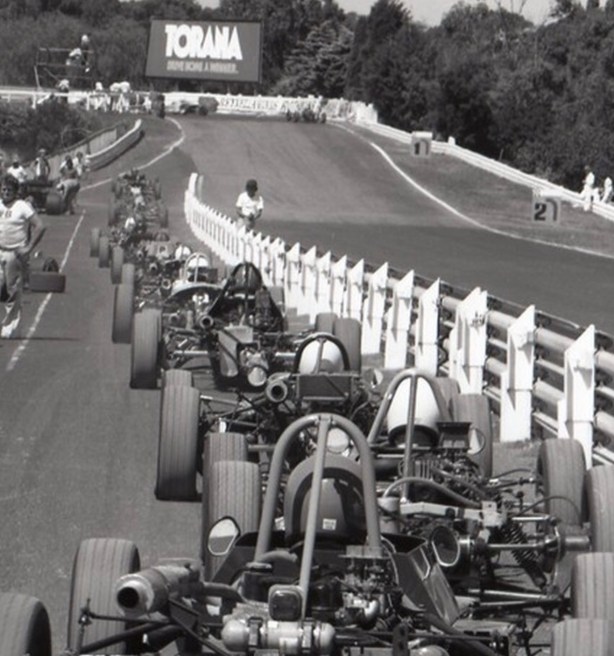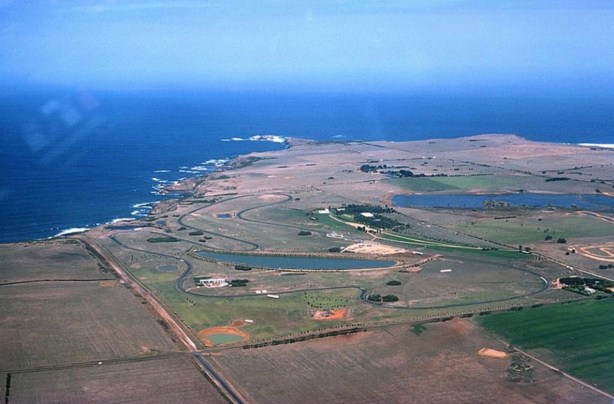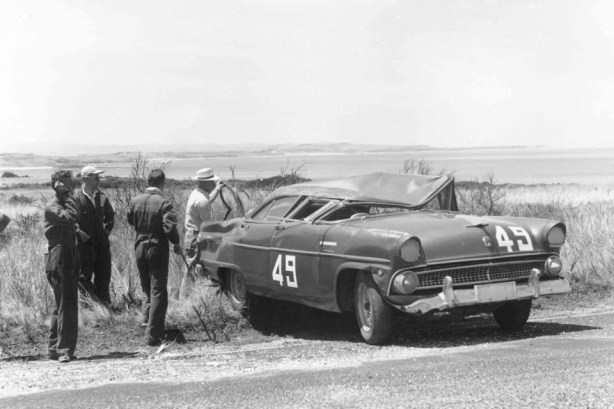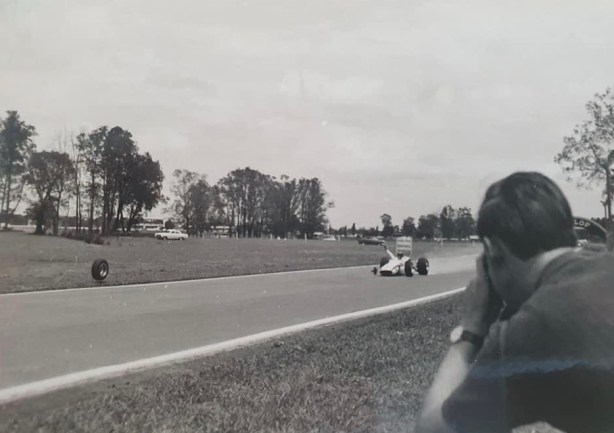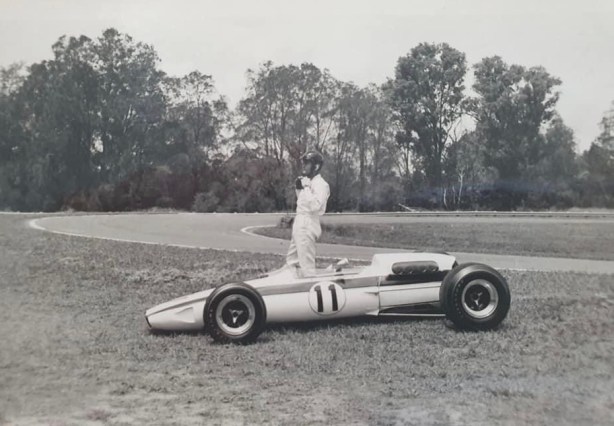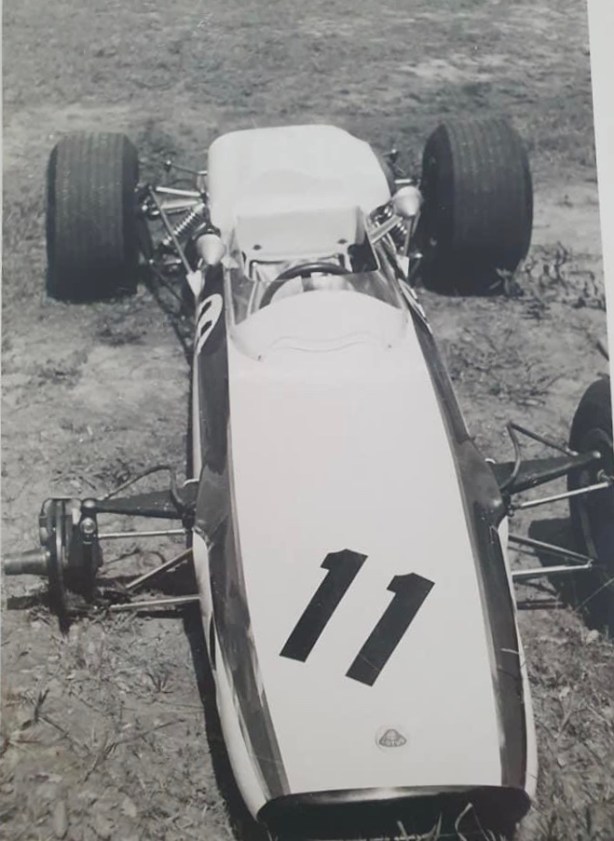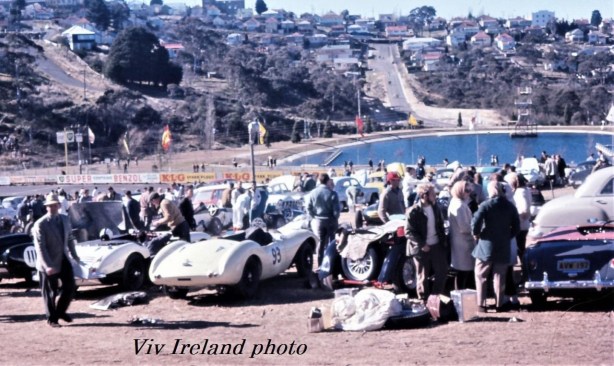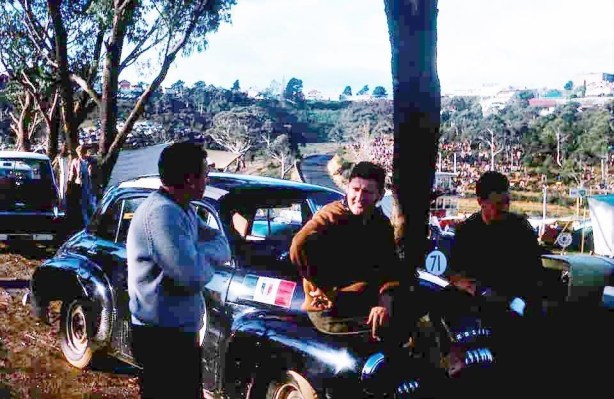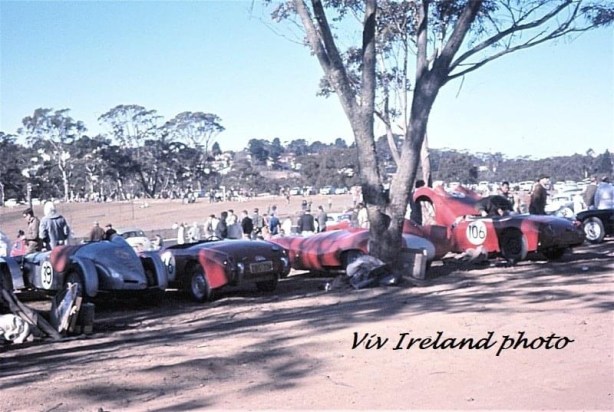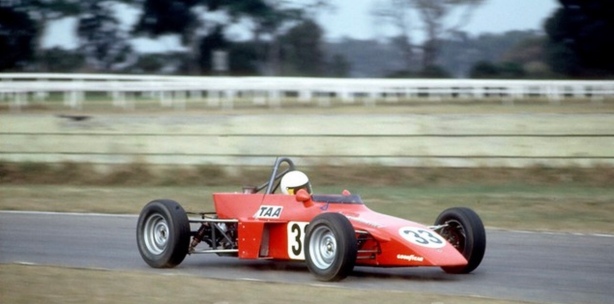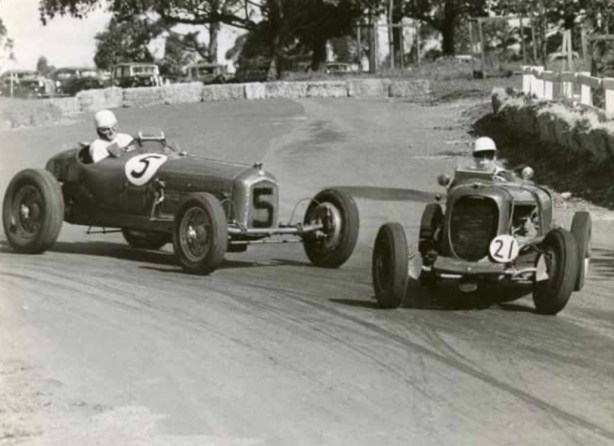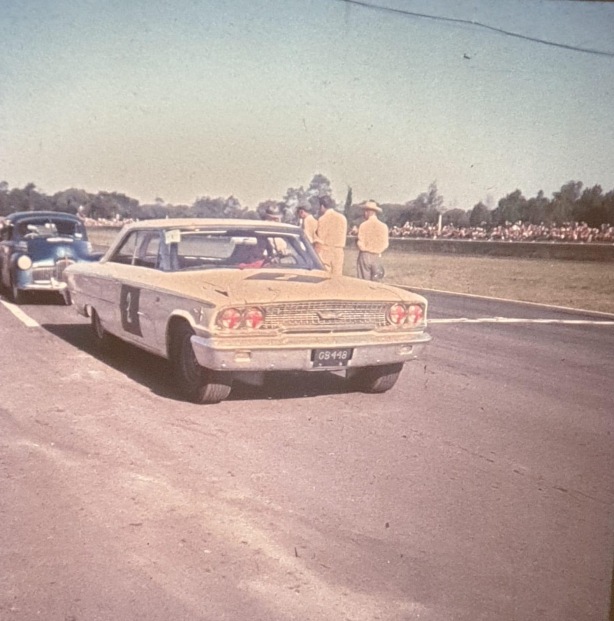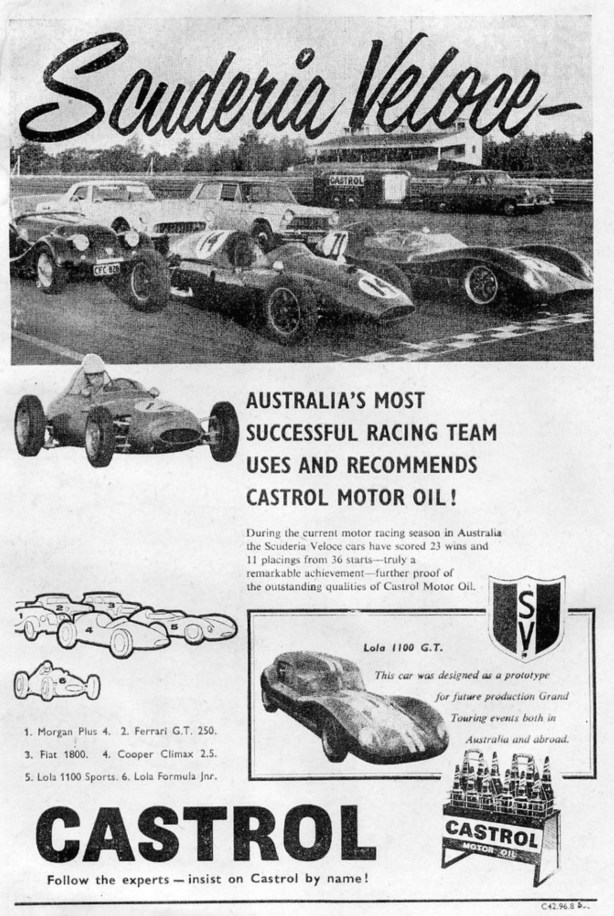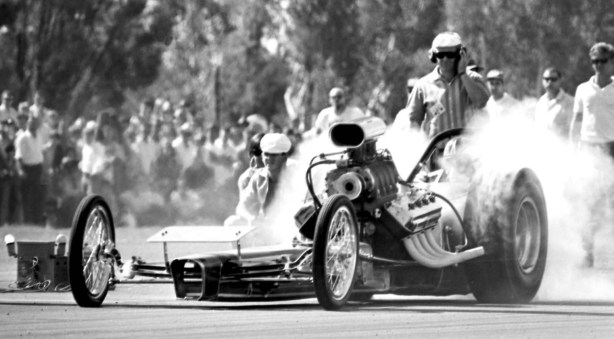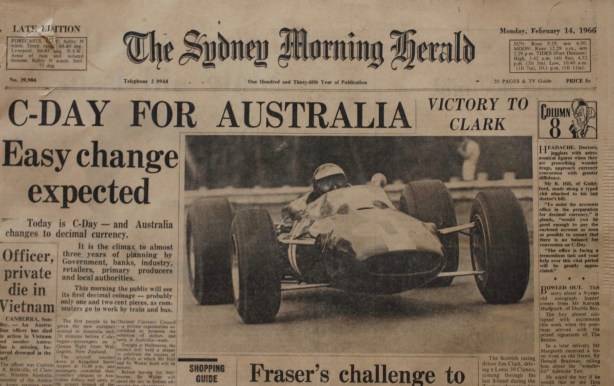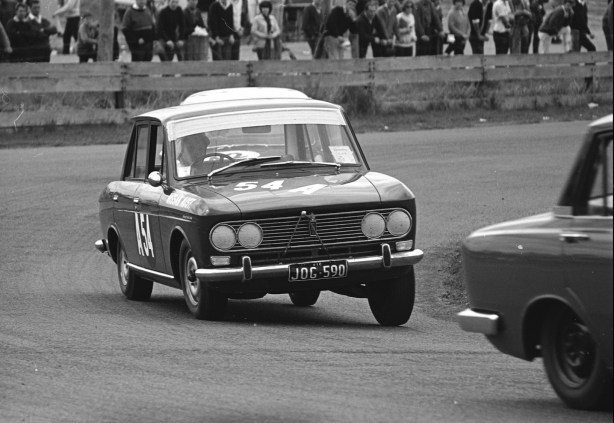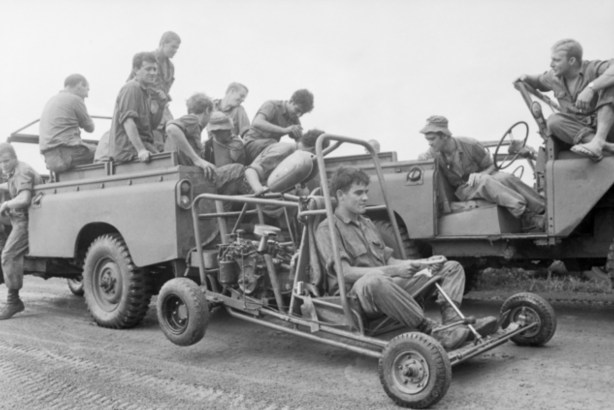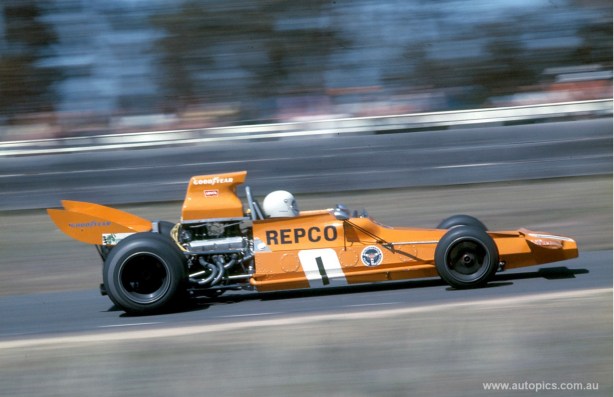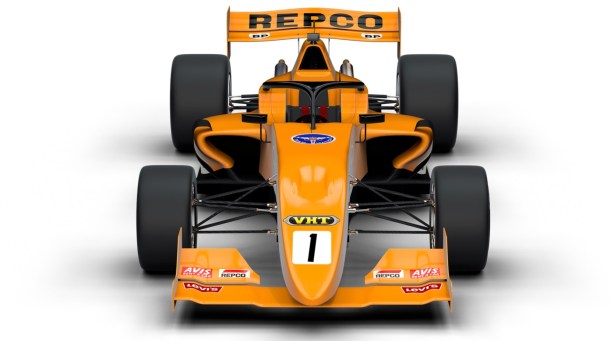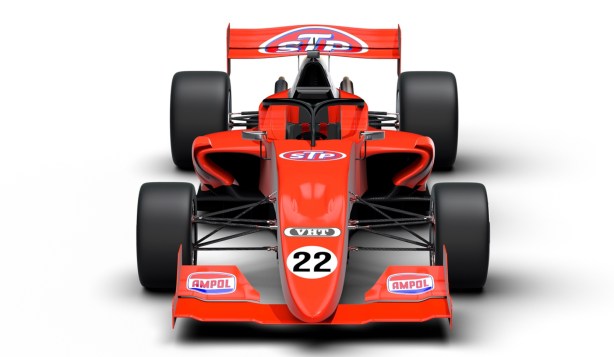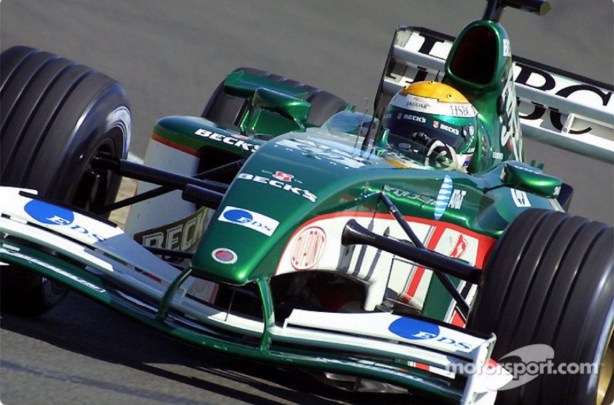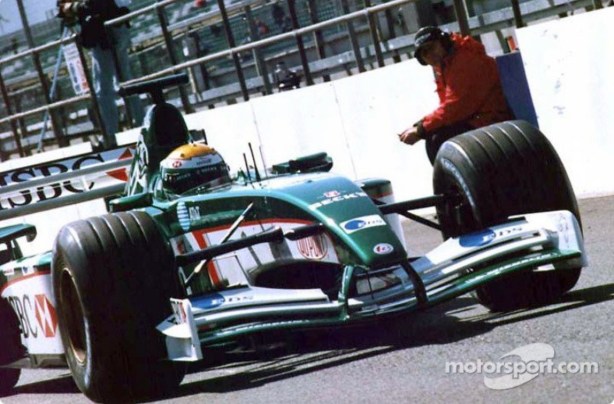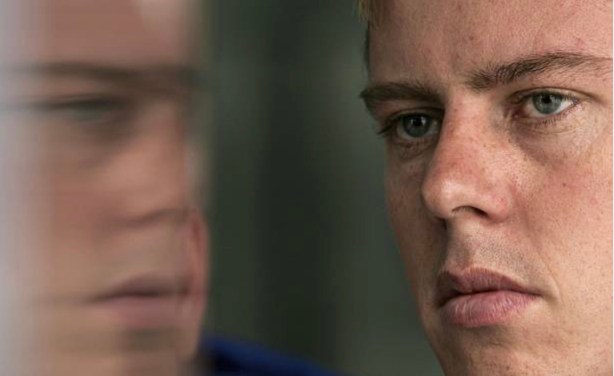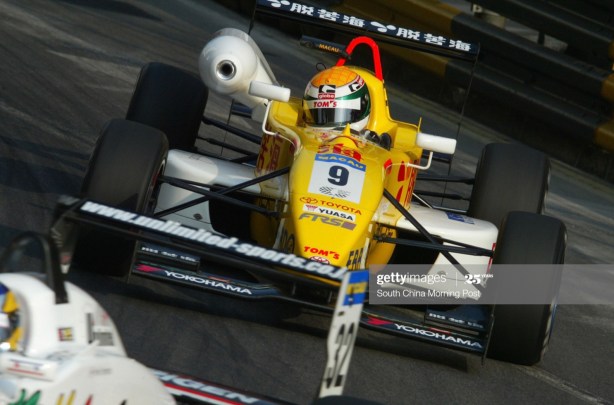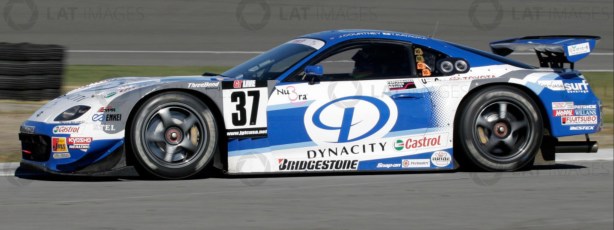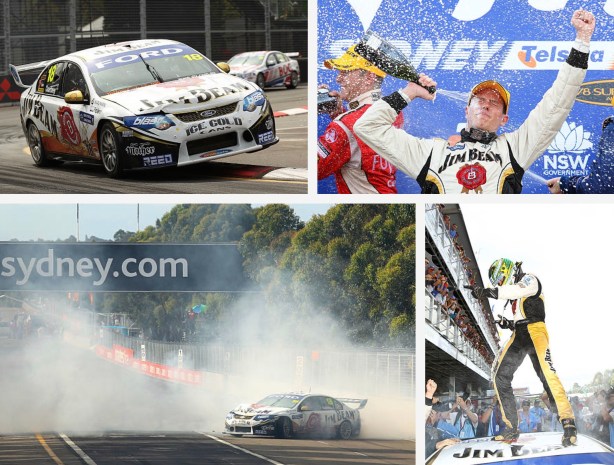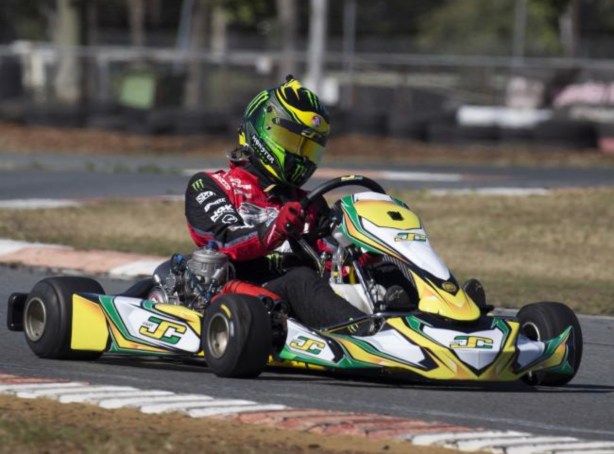
Ken Richardson in Rex Taylor’s Talbot-Lago T26C, rounds a corner on the Southport road course- Queensland’s Gold Coast, 6 November 1955…
The event was the 114 mile Queensland Road Racing Championship, sometimes referred to as the 1955 Queensland Grand Prix, the second and final occasion on which the challenging layout was used for car racing- there is a bit about the 5.7 mile track in this piece on the 1954 Australian Grand Prix here; https://primotipo.com/2018/03/01/1954-australian-grand-prix-southport-qld/
Amongst the favourites for victory were Lex Davison, aboard the same HWM Jaguar in which he won the AGP twelve months before and Jack Brabham in the Cooper T40 Bristol in which he took a fortunate victory at the 1955 AGP at Port Wakefield, South Australia several weeks before, on 10 October.
Other contenders were Richardson, who was third at Southport in his Ford V8 Special the year before, this time he raced the dual AGP winning Talbot-Lago acquired by Rex Taylor from Doug Whiteford in mid-1954. Queensland youngster, Steve Ames aka Count Stephen Ouvaroff was aboard the ex-Lex Davison Alfa Romeo P3 he purchased not long before- a total of eleven cars took the start.
Davison burst into the lead from Brabham, Richardson and Ames at the drop of the flag, Jack outbraked Lex on lap 2, no doubt the nimble, light Cooper did this relatively easily but he kept his advantage for only a lap before mechanical trouble intervened.
He retired a car which became somewhat notorious for its unreliability with bent valves after the machine popped out of gear on one of the rough circuit’s many bumps causing a big enough over-rev to end Jack’s run.
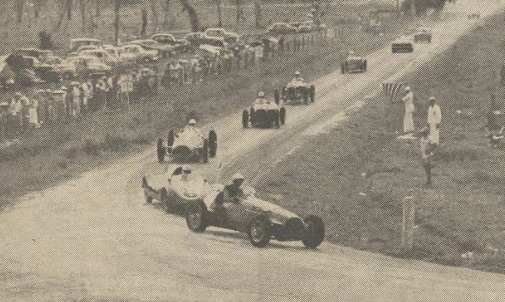


Davo’s machine then burst an oil line, shortly thereafter he arrived at the pits splattered in BP lubricant, for the balance of the event Ames and Richardson fought a close race but in the end the pre-war Alfa Romeo prevailed over its younger equally aristocratic European competitor at an average speed of 80 mph. Rex Taylor was third in his Jaguar XK120 and Barry Griffiths Triumph TR2 fourth, other finishers were the Stan Mossetter MG TC and Noel Barnes MG Spl s/c.
Jack did the fastest lap at 3 minutes 53 seconds, an average of 88 mph this was a smidge outside the record set by Dick Cobden’s Ferrari 125 V12 s/c in 1954.
The ‘Wheels’ magazine report of the meeting mentions George Pearse crashing his Cooper-MG in a 25 mile race for racing cars and stripped sportscars whilst passing Alec Mildren’s Cooper Bristol on the narrow pit straight at over 100mph, he put two wheels onto the grass. Brabham won that encounter from Davison and Mildren. Rex Taylor’s Jag XK120 won the sportscar race and Jack Myers Holden the production car race.
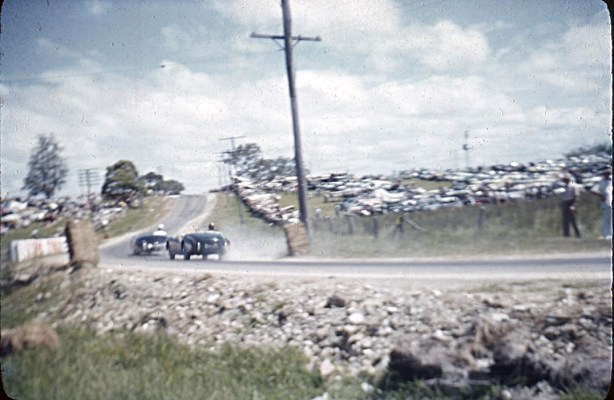
Stunning shot of Rex Taylor’s Jaguar XK120 ahead of Barry Griffiths Triumph TR2 on the dangerous swoops of Southport. The typical perils of road racing tracks of the day are readily apparent.
Cessation of Southport as a race venue left Lowood, Leyburn, Strathpine and Middle Ridge, Toowoomba as Queensland’s racetracks until Lakeside became the states ‘home of motor racing’ circa 1962.
The Cars…
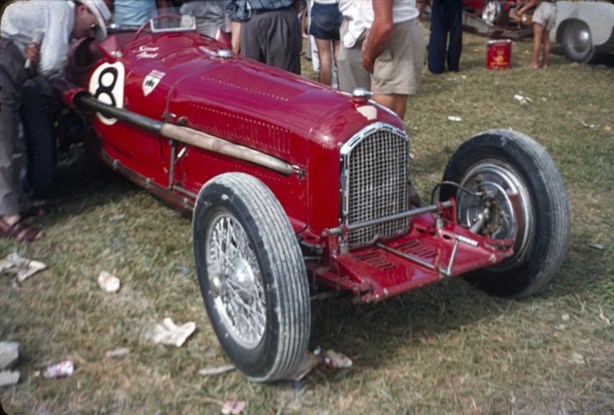
Steve Ames Alfa Romeo Tipo B/P3- the ex-Scuderia Ferrari/Davison chassis ‘50003’ in the Southport paddock.
I wonder if this was the last in period ‘big win’ for this 2.9 litre supercharged straight-eight- it was a state title after all? The car still looks beautifully prepared in the manner of previous fettlers, AF Hollins’ Allan Ashton and team, I wonder who looked after it in Queensland?
The shot below is of Davo in the same car on Mount Panorama during Easter 1951- down Conrod at a fair old clip between the trees, posts barbed wire and cattle on a rather narrow strip of bumpy bitumen.
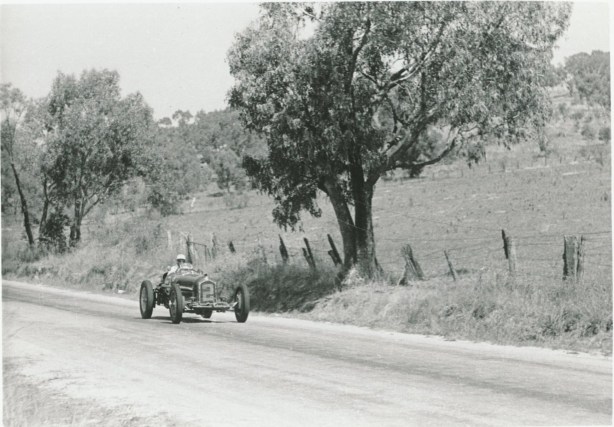
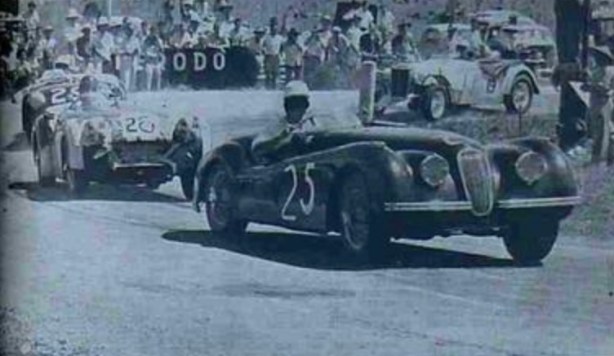
Rex Taylor, Jaguar XK120 from the Barry Griffiths and Bertram Triumph TR2s and the Stan Mossetter (I think) MG TC – a battle during the championship race above, and a superb portrait hunched over the wheel below- Paul Cummins advises the chassis number as #660226.
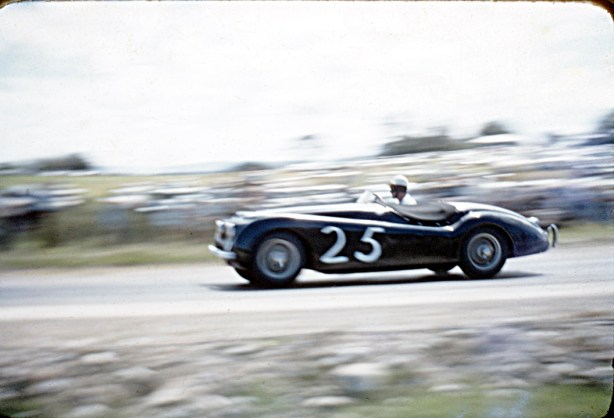

Brabham’s central seat, all enveloping Cooper T40 Bristol GP car was largely self built at Surbiton before Jack made his championship Grand Prix debut in it at Aintree in mid-July, DNF after 30 laps, Moss won the British Grand Prix that day in a W196 Mercedes. On 10 October Brabham won at Port Wakefield, an awfully good reason for Queenslanders to get a good look at ‘our boy’ in a current Grand Prix car.
Jack raced it in Australia that summer before selling it, read about the car here; https://primotipo.com/2015/07/16/60th-anniversary-of-jacks-first-f1-gp-today-british-gp-16-july-1955-cooper-t40-bristol-by-stephen-dalton/ and here; https://primotipo.com/2017/07/04/max-stephens-cooper-t40-bristol/
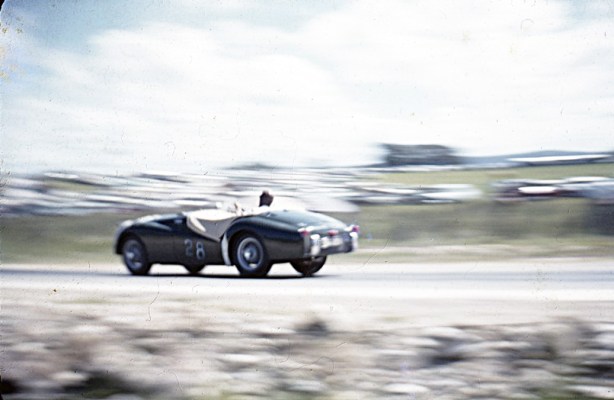
Superb shot of Barry Griffith’s Triumph TR2 on the limit and looking very racey sans windscreen but with cream tonneau.
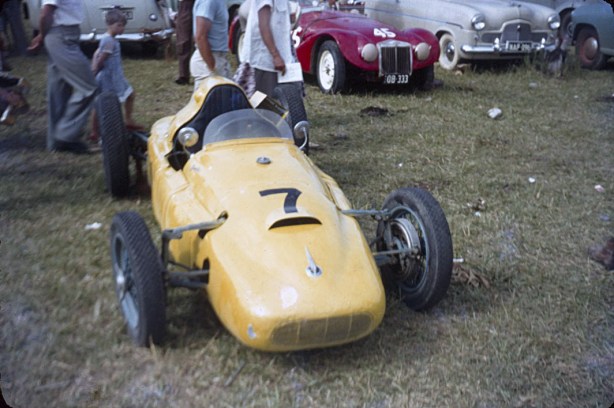
The Wylie Javelin doesn’t get a mention in the race report I have so perhaps the little minx misbehaved that weekend and did not start the race? Paul Cummins tells me the amazing little bolide was raced by Arthur Griffiths with ‘wire mesh on the grille, probably to keep the cane toads out’ not that they were in plague proportions back then but one can’t be too careful. Rob Bailey points out the red #45 Harry Firth built MG Holden, now owned and almost restored by Ian Tate.
See Bruce Polain’s article about this incredible design here; https://primotipo.com/2018/09/14/the-wylies-javelin-special/
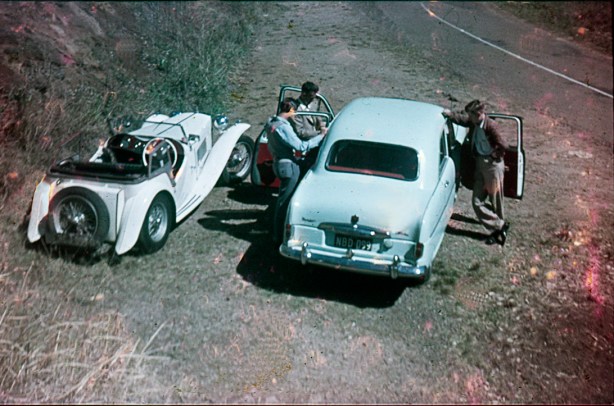
Not so much a Southport shot as an atmosphere one.
Paul suspects the owner of the MG TC may be the photographer of much of the material in this piece, ‘the N Rego of the Zephyr dates it as registered in 1955’- can anybody help with identification of the drivers?

Steve Ames/Count Stephen Peter Ouvaroff…
Fair-dinkum blue-bloods are fairly thin on the ground in Australia but Count Stephen Peter Ouvaroff was the real McCoy, he was of aristocratic Russian background.
His parents were Count Igor Ouvaroff and Aubretia Phyllis Ames, Stephen was born on 3 September 1935, his sister, Marina Violet was born in Sussex in 1931. Stephen died in England on 13 November 2017 having lived most of his adult life there.
MotorSport lists Stephen’s birthplace as Russia and nationality as Australian.
The pieces of the puzzle, i am keen to hear from those with some facts rather than ‘i reckons’, seem to be that Ouvaroff, his sister and and his mother moved to New Zealand when Stephen was about 10 years of age, which puts it at the end of the war, then later they moved on to Australia.
Count Igor died in Sussex on 25 July 1939, a reasonable assumption is that the boy grew up in the UK- his mother was English, an open question is whether Igor and Aubretia met in the UK or Russia- i have my money on the UK, as you all know, generally those ‘high born’, were not top of the pops with the crew running that vast country after the Russian Revolution.
So my theory is that Igor decamped to England in order to hang onto his head and met Aubretia, who had no shortage of Earls and a Marquess in her family tree at a lovely society ball- he was born in Russia in 1901, she in Paddington in 1909, in 1930 she was a vibrant 21 and he a dashing 29- a match made in heaven.
The family of three settled in Brisbane, Stephen’s motor racing career started with the ex-Ken Richardson Ford V8 Special, then the P3- perhaps simultaneously racing the Alfa Romeo and an Austin Healey 100S.
The use of the nom de guerre ‘Steve Ames’ was doubtless to avoid the ‘wanker’ tag which would have been applied to the young racer in Tall-Poppy Syndrome Australia.
Despite its age, the Grand Prix Alfa was a fast, formidable bit of kit the youngster seems to have driven very well although he sold it without too many recorded events to Rex Taylor. Whilst some reports have it he moved to the UK in 1956, Ouvaroff raced the Healey 100S in a hillclimb at Burleigh Heads on the Gold Coast, that December.
The 100S, chassis ‘3701’, was the first imported into Australia arriving in August 1955 and had been through the hands of David Shmith and Stan Mossetter before Ames bought it in late 1956. John Blanden describes Stephen as a Toowoomba hotelier so perhaps his mother had acquired a pub along the way.

It seems reasonable to presume Ouvaroff moved to the UK in 1957, Blanden does not date the sale of the Healey to its next owner, i can find no recorded events in the UK that year. In 1958 he acquired and raced an F2 Cooper T43 Climax, his best result was fourth in the 1958 Vanwall Trophy at Snetterton on 27 July behind Ian Burgess, Bruce McLaren and Henry Taylor.
Other events contested that season included the International Trophy at Silverstone where he finished well back in the 1760cc FPF engined T43. He was a DNQ in the F2 Crystal Palace Trophy, the chassis number of the T43, by then of course fitted with a 1.5 litre FPF, was cited as ‘F2-9-57’. Tenth place followed at Brands Hatch on June 8.
Much better was fifth in the Anerly Trophy at Crystal Palace on 5 July whilst noting the best bit of kit to have that season was a Cooper T45. Off the back of the fourth place at Snetterton a DNQ at Brands on 4 August was disappointing.
During that year he also tested the new Lotus 11 Climax chassis ‘538′ acquired by Charlie Whatmore for George Jamieson at Brands Hatch before its shipment to Australia and much local success here.
1959 seems to have been relatively quiet in terms of race outings, but he ran the Willment Climax 1.5 FWB sportscar to a win at the BARC Goodwood meeting on 6 June impressing Bill Boddy who wrote in his MotorSport report that ‘The fifth race was actually uneventful, Count Ouvaroff’s Willment-Climax leading unchallenged, but very fast for all of that, from Union Jack to chequered flag, as well it might, being the sole 1 1/2-litre amongst a field of 1100s in this five lap Scratch Race and with twin-cam engine at that. The Count won at 84.28 mph and set fastest lap, at 86.22mph.’
The mainstay of Stephen’s 1960 program was Formula Junior where the strategy seemed to be to step back in class from F2 to FJ and in this red-hot class attempt to do well enough to give his career some momentum- sound thinking indeed.
Amongst his best results was third place at the ADAC-Eifelrennen at the Nurburgring and the Solitude Grand Prix outside Stuttgart.
The Nurburgring was wet on that 10 July weekend, quite a challenge for a relative novice on this most daunting of circuits. There he finished behind Dennis Taylor’s Lola Mk2 BMC and John Love’s Lola Mk2 Fiat in a thirty-two car grid, the event held over 20 laps, 155 km – total race duration one hour twenty-two minutes! It amazes me that the highly tuned modified production engines, which more generally raced over ‘Brands 10 lappers’ lasted that long!
Two weeks later his little ‘Inter Auto Course’ equipe travelled to Stuttgart to contest the Tenth Internationales Solituderennen-Formel Junior- the Grosser Preis der Solitude on 24 July.
Another long race, 12 laps, 138 km of the very fast, dangerous, swooping, tree lined road course yielded the young racer second place behind Jim Clark’s works 18 and ahead of Trevor Taylor and Peter Arundell in the other two Team Lotus entries, Gerhard Mietter, Kurt Ahrens and many others in a huge 35 car grid.
Both these German races were significant international meetings, to finish so well up the field in a privately entered car on two long road circuits new to him showed he was no slouch- read about the perils of Solitude here; https://primotipo.com/2018/05/10/surtees-in-solitude/
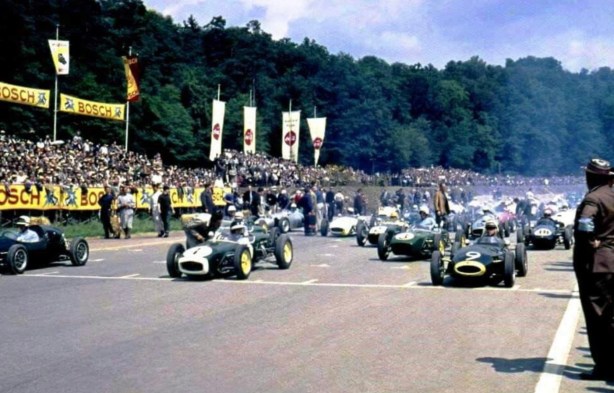

Closer to home he was second in the Anerly Trophy in June behind Trevor Taylor’s works 18 Cosworth, in August he had a DNF at Aintree with gearbox problems- there is then quite a gap to Oulton Park in late September where he was way back in nineteenth.
Mixing things up a bit, Steve entered the 18 April Lavant Cup at Goodwood in an F2 Cooper T51 Climax qualifying eleventh of nineteen cars but DNS.
There were 63 Formula Junior meetings in England and 75 in Europe in 1960- a driver needed to be in the car a lot to run with the best, a works seat being optimal of course, i think we can deduce that Count Stephen had talent- he finished two seconds behind Jim Clark at Solitude after 56 minutes of racing in a privately entered car, but it was not to be fulfilled without decent support or a much better seat.
Into 1961 Ouvaroff raced one of the Tom Hawkes and Adrian Gundlach built Ausper T3 Ford FJs.
Dick Willis notes that ‘he was a real “presseronner” in the Ausper. Although he did have some success, the works Lotuses were dominant with topline drivers on their team and the very latest engine tweaks…’
The Competition Cars Australia ‘works drivers’ season seems to have been split into two, whilst noting that half the results tables for the British FJ Championship have disappeared from the F2 Index site- which is a bummer. The first half of the season was devoted to European events, the second was spent closer to home in the UK.
The team entered Monaco but Steve failed to qualify his Ausper T3 Ford, missing the cut by six cars- Peter Arundell’s Lotus 20 Ford won from the Tyrrell Racing duo of John Love and Tony Maggs in Cooper T56 BMCs. Off to Rouen for the GP de Rouen on 4 June he finished well back with mechanical dramas, just in front of him was Denny Hulme in the New Zealand Grand Prix Racing Team Cooper T56 BMC- the Kiwi’s first European season.
He was out of the money again at Reims a month later and at Solitude, Stuttgart on 23 July where he had done so well the year before.
Back in England things were tough too- at Aintree on 7 August he was twenty-fifth where Peter Procter won in year old Lotus 18 Ford, at Goodwood a fortnight later the run of poor showings continued with a DNF due to overheating.
That BARC Formula Junior Championship meeting did have an Australian flavour though, Gavin Youl in the MRD Ford was on pole for the first heat in a great run for the Brabham marque and Jon Leighton’s Lotus 20 Ford was on pole for the second heat. Alan Rees Lotus 20 Ford won from Youl and Dennis Taylor, Lola Mk3 Ford.
Eighth in the September Trophy at Crystal Place was at least a finish on 2 September, and fourth at Oulton Park in the International Gold Cup meeting was more like 1960 form- Tony Maggs was up front that weekend in the Tyrrell Cooper T56 BMC proving, as they did many times that season that a Lotus Cosworth was not essential for FJ success in 1961.
On 30 September he was fifth in the Vanwall Trophy at Snetterton amongst a strong field in number and depth, Mike Parkes was up front in a Gemini Mk3A Ford. Off to Silverstone on 1 October where the strong run home at the seasons end yielded another fourth place, this time in the BARC FJ race one place behind Frank Gardner’s Jim Russell Lotus 20, the winner was Bill Moss in another Gemini Mk3A Ford.
It was a shame to end the season, and seemingly his race career, with a DNF at Snetterton on 8 October.
In a film obscurity Stephen crashed the Lister Jaguar chassis ‘BHL126’ on the set of MGM’s 1961 ‘The Green Helmet’, the car, registered ‘WTM446’ of course lived to fight another day.
Outside the cockpit Stephen married Aprille E Brighton in a society wedding at Brompton Oratory during December 1961 and settled in Drumhouse River Lane, Petersham, Surrey.
Ouvaroff established and operated the American Carriage Company in London for over 35 years, latterly with two of his sons, it specialised in the importation and sale of RHD converted American Cars. Paul Newby advises the business imported a dozen Holden Suburbans and Commodore Wagons from Suttons in Sydney via French domiciled ex-racer, uber-wealthy Arnold Glass at the turn of the century.
He remained proud and supportive of his Russian ancestry being involved in the annual Russian Summer Ball which was held to raise funds for a Russian charity and The London Cossack Association. Upon his death in 2017 he left his wife and six children.
For sure there is an interesting life to chronicle here in full- with six Ouvaroffs from his marriage there is no shortage of folks to find and interview in relation thereto- a project for another time!
Some of you Queenslanders must recall ‘Steve Ames’? I’d love to hear from you and similarly anybody in the UK familiar with Count Stephen Ouvaroff’s racing and business career.

Etcetera…
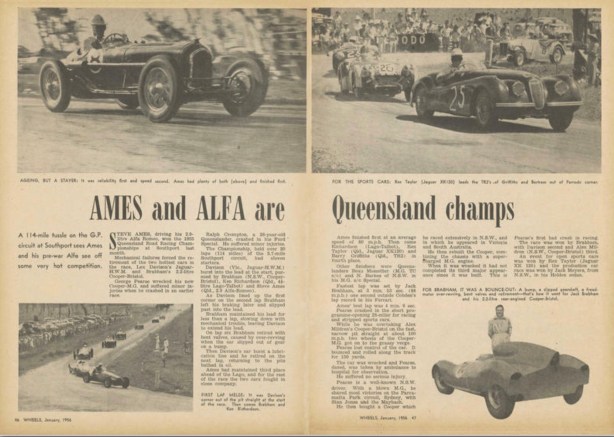
Photo and other Credits…
Many thanks to Paul Cummins and the Cummins Archive- sensational photographs, colour is so rare in Australia in this period. Paul hijacked my weekend I got so lost in the Count Stephen Ouvaroff research adventure!
Wheels magazine January 1956 via the Stephen Dalton Collection, British Racing Drivers Club, ‘The Ausper Story’ Dick Willis, F2 Index, David McKinney on The Nostalgia Forum, MotorSport July 1959, ‘Historic Racing Cars in Australia’ John Blanden, Paul Newby, Les Hughes
Tailpiece…
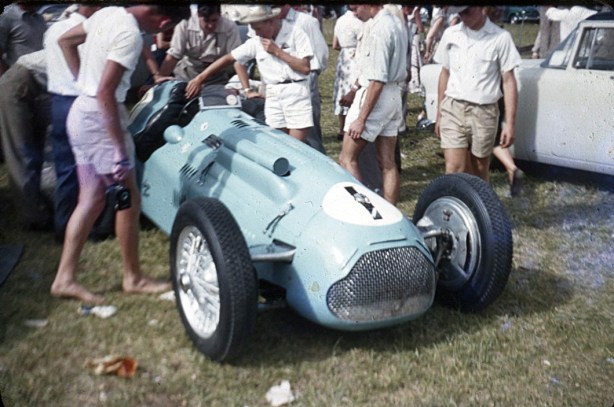
Let’s finish where we started, with Lago-Talbot T26C ‘110007’ the first of Doug Whiteford’s two such cars- the machine he used to win the 1952 and 1953 AGPs at Mount Panorama and Albert Park but not before the great Louis Chiron won the 1949 French Grand Prix in it at Reims.
Whiteford sold the car to Rex Taylor in 1954- here at Southport of course driven by Ken Richardson, the car then passed to Owen Bailey in late 1956 and then to Barry Collerson in late 1958. He raced it very skilfully in its dotage into 1961 before moving into more nimble mid-engined single-seaters and then spent a year or so racing F3 cars in Europe in the mid-sixties. Graham Thompson bought the Lago as club car in 1963 from Arnold Glass/Capitol Motors, the car passed through another owner or two before leaving Australia to be scooped up as an historic racer for the growing UK scene in the late sixties.
Finito…

